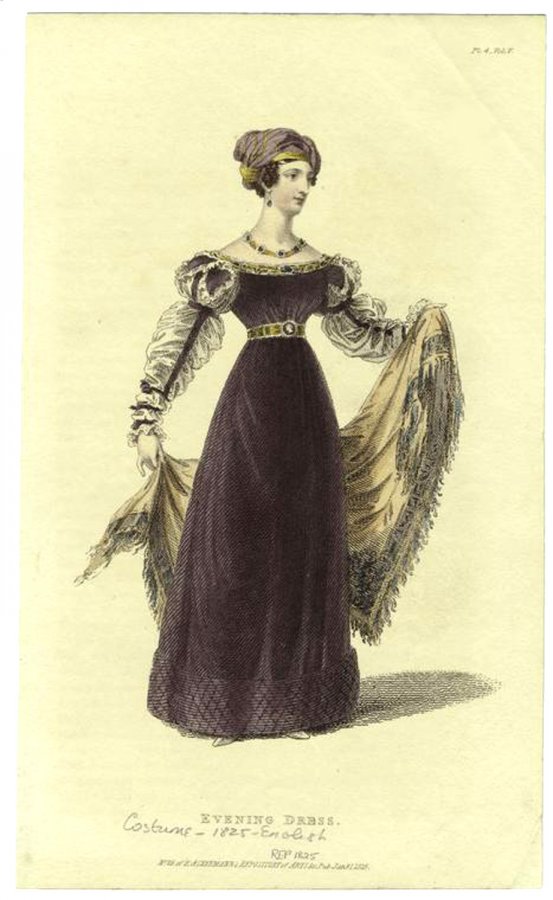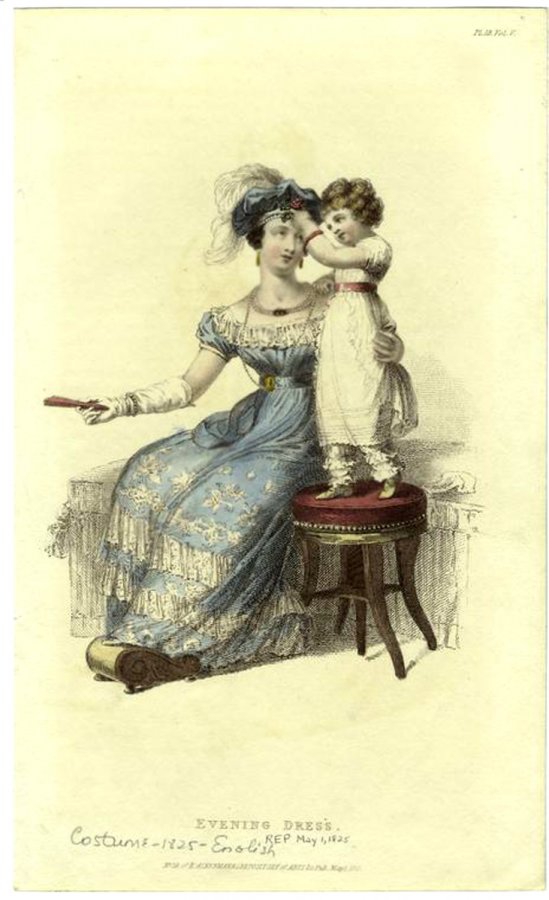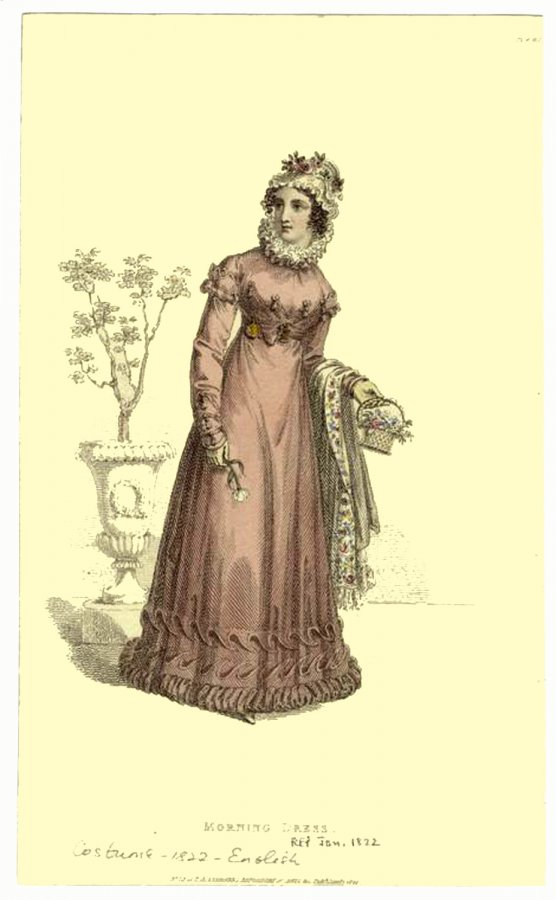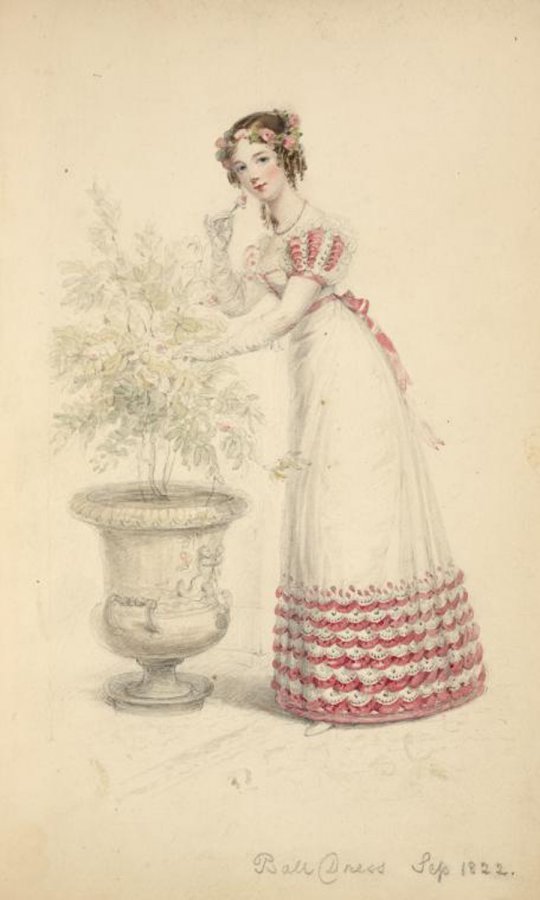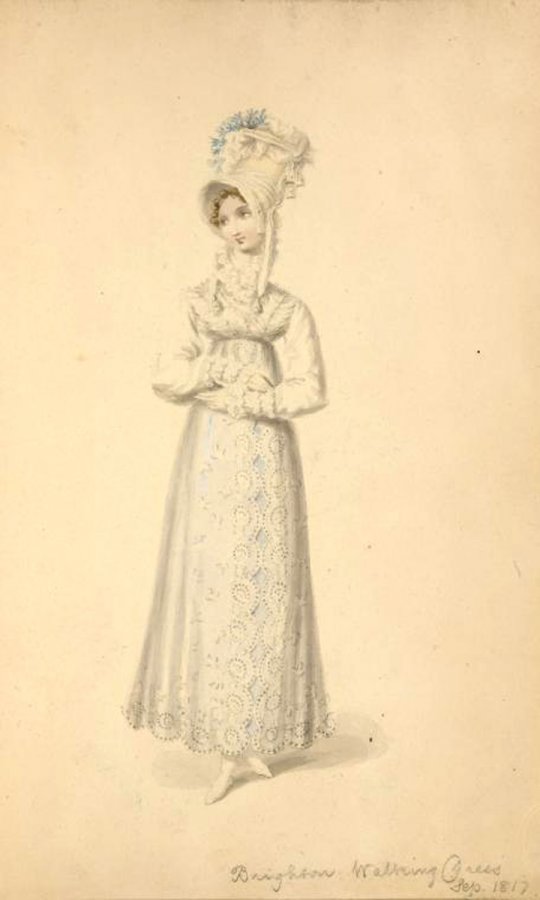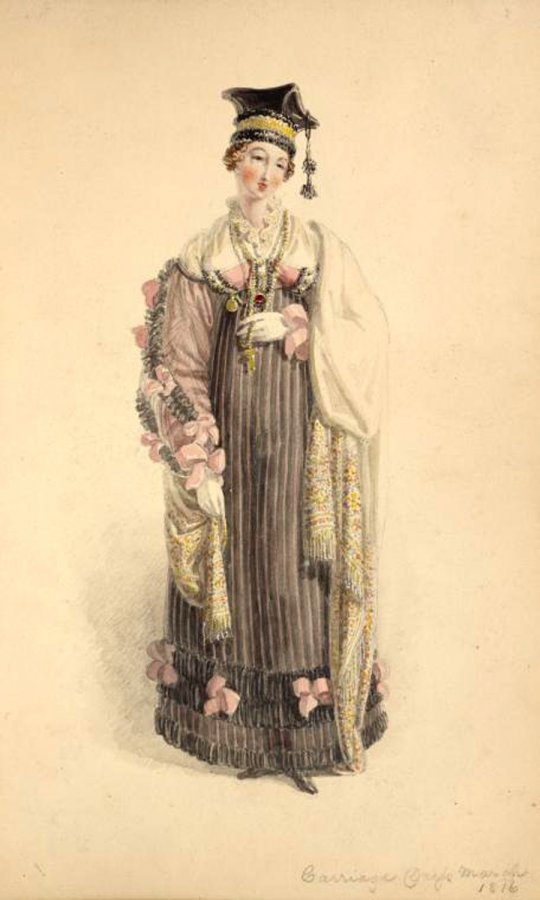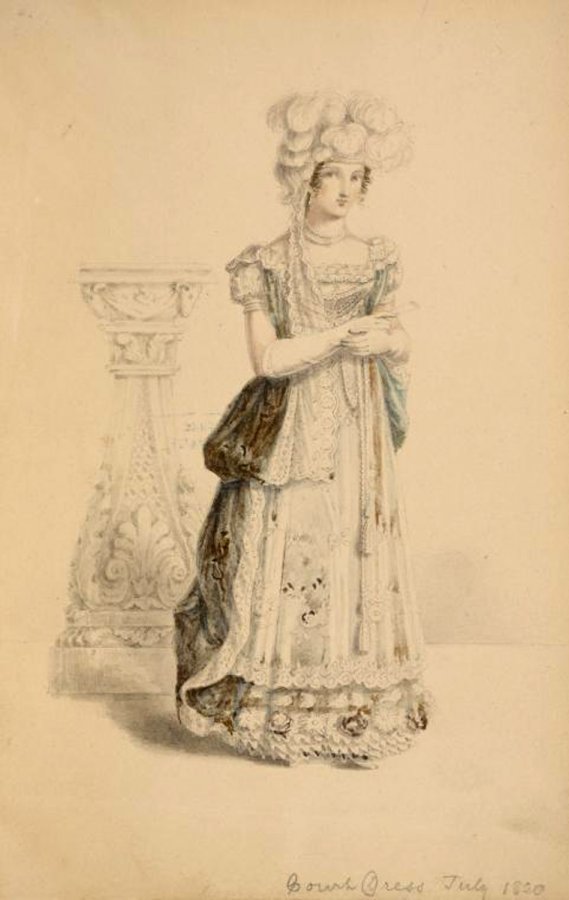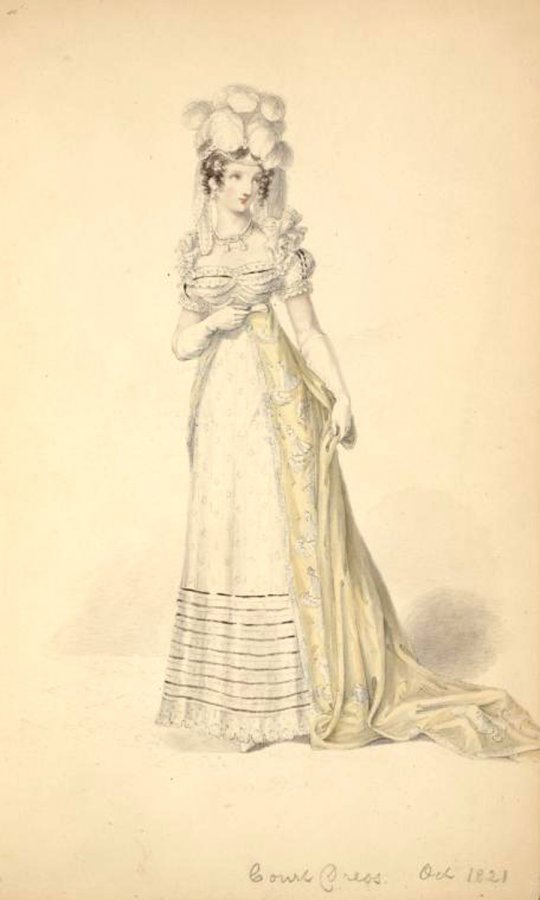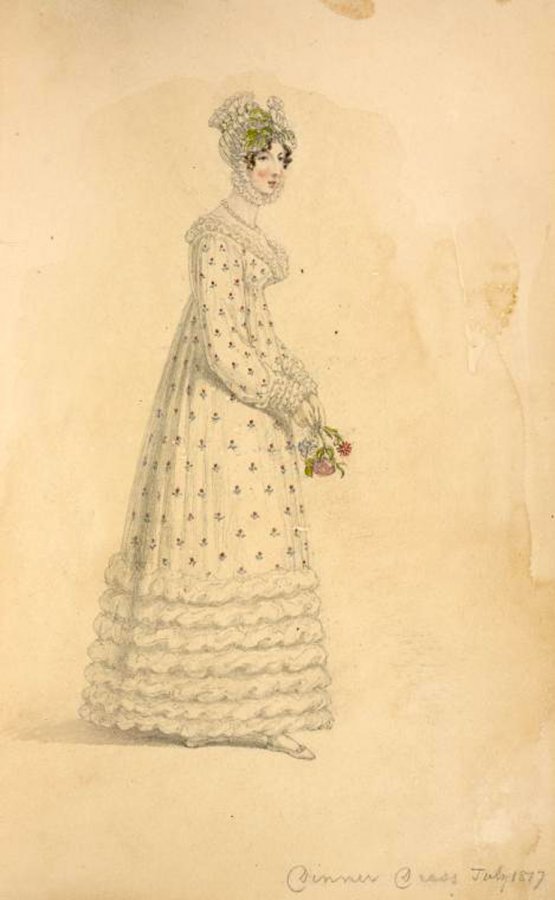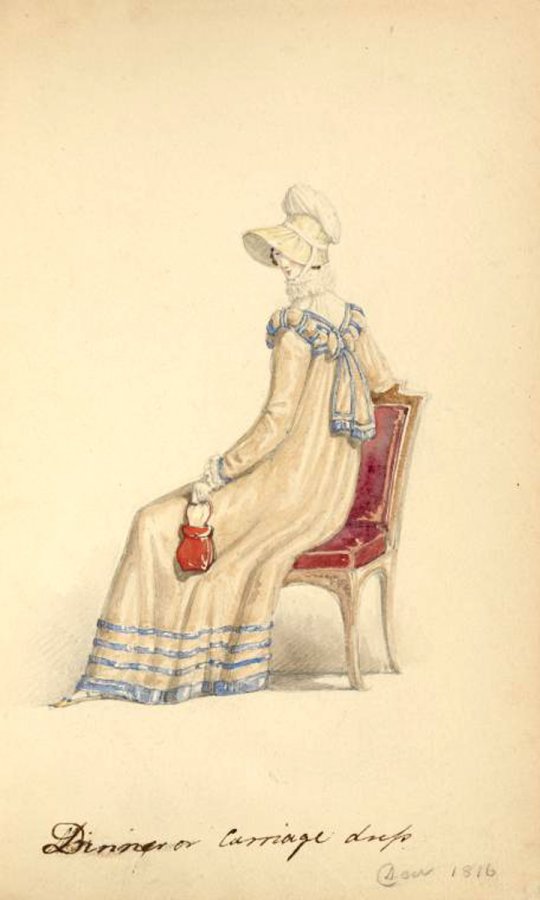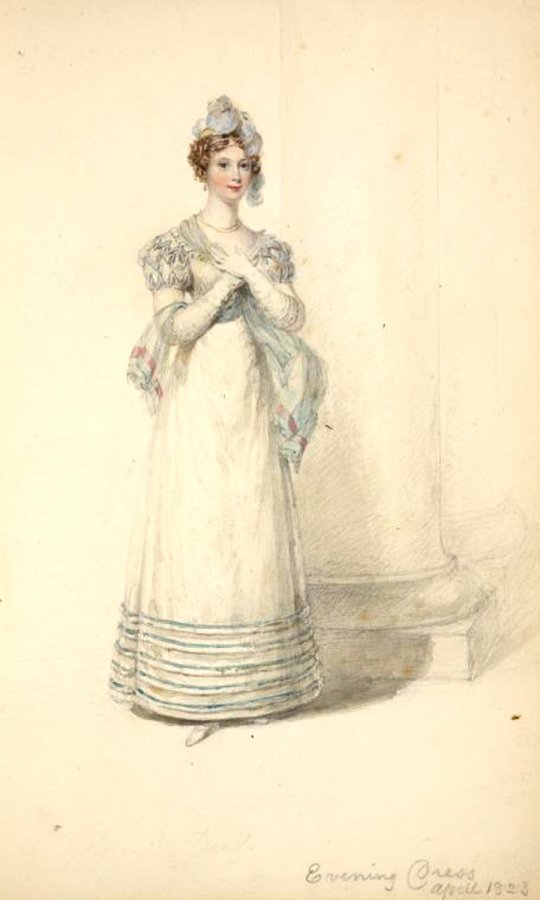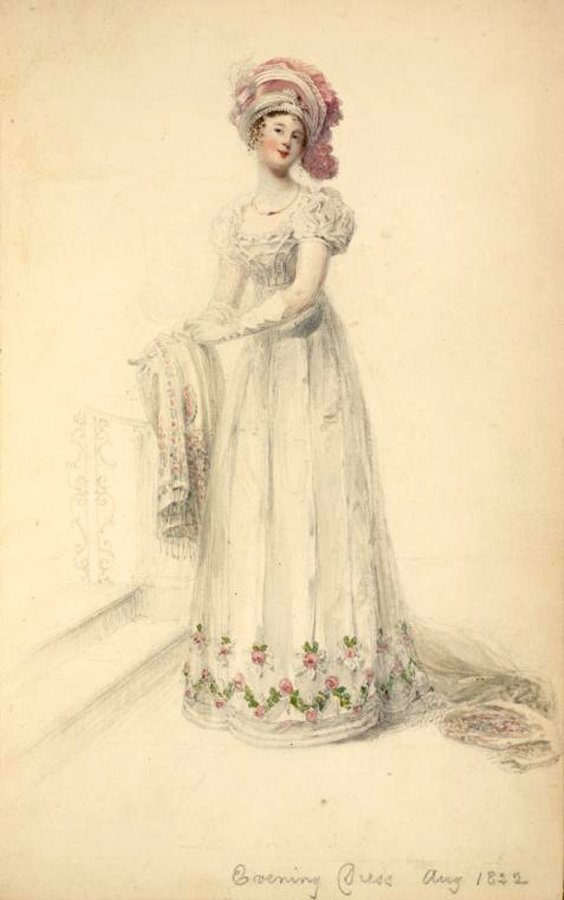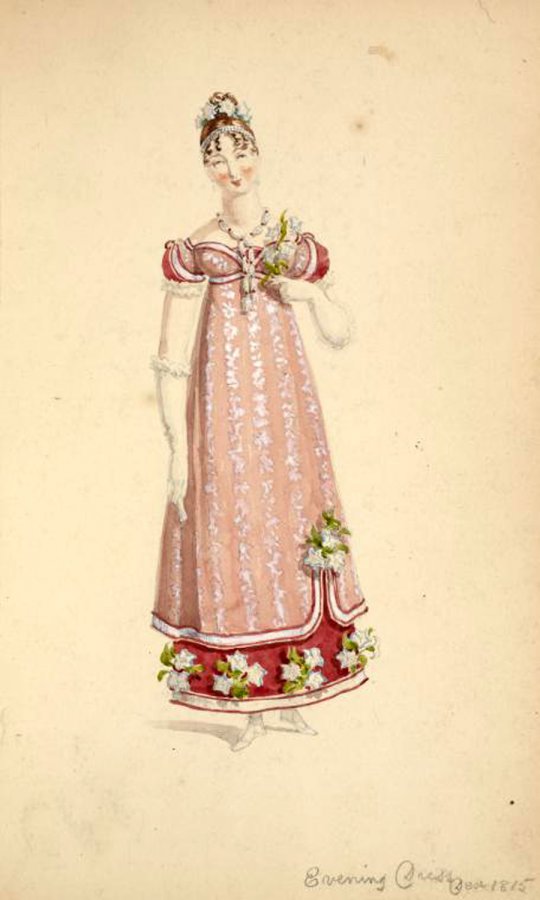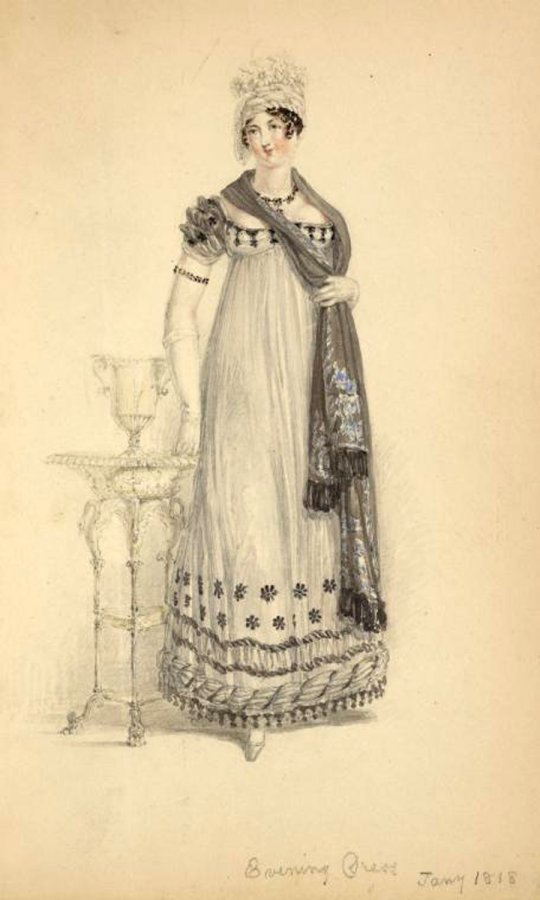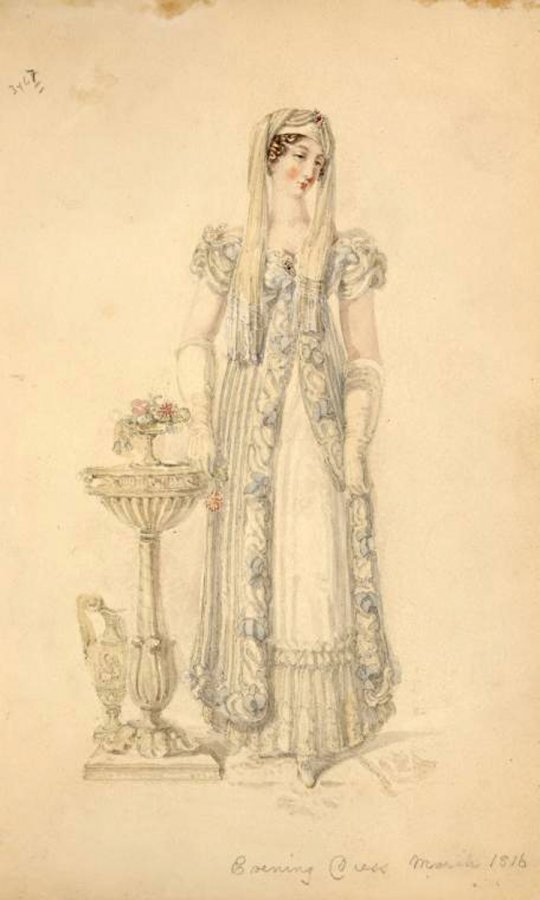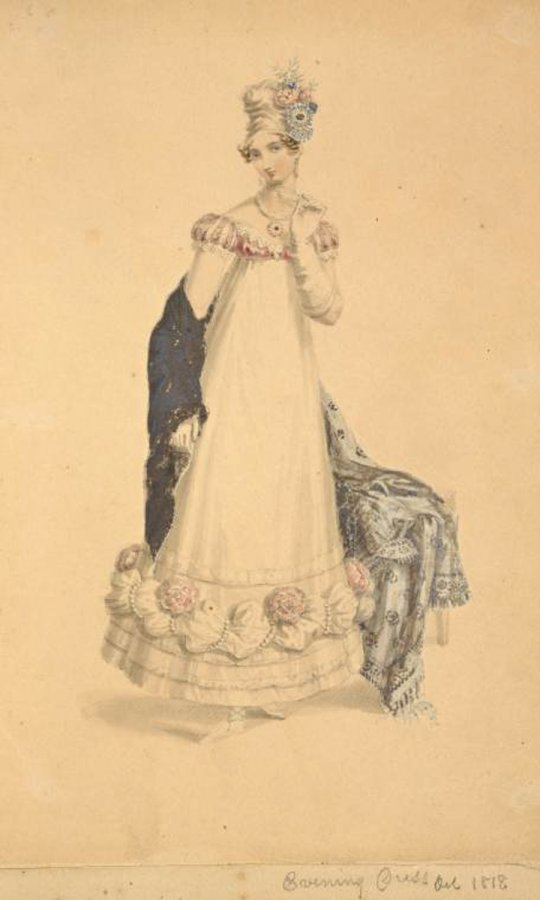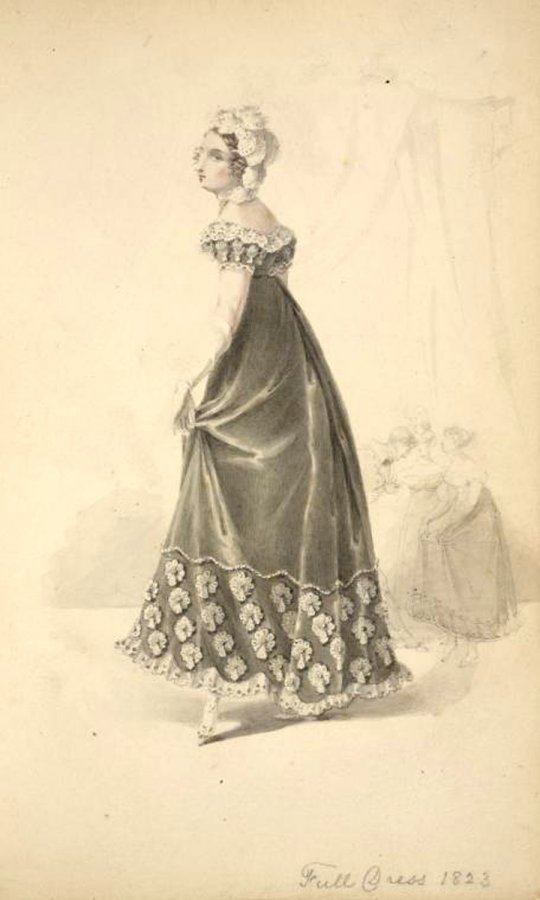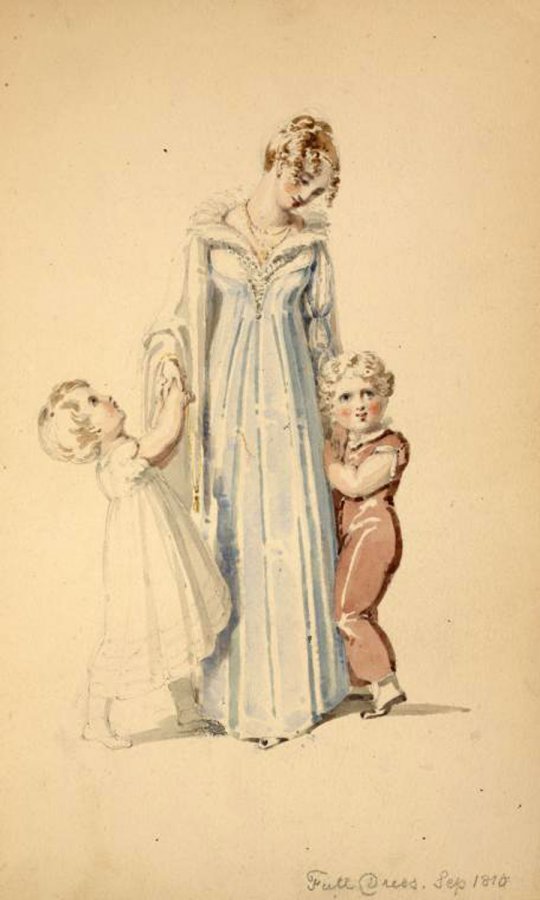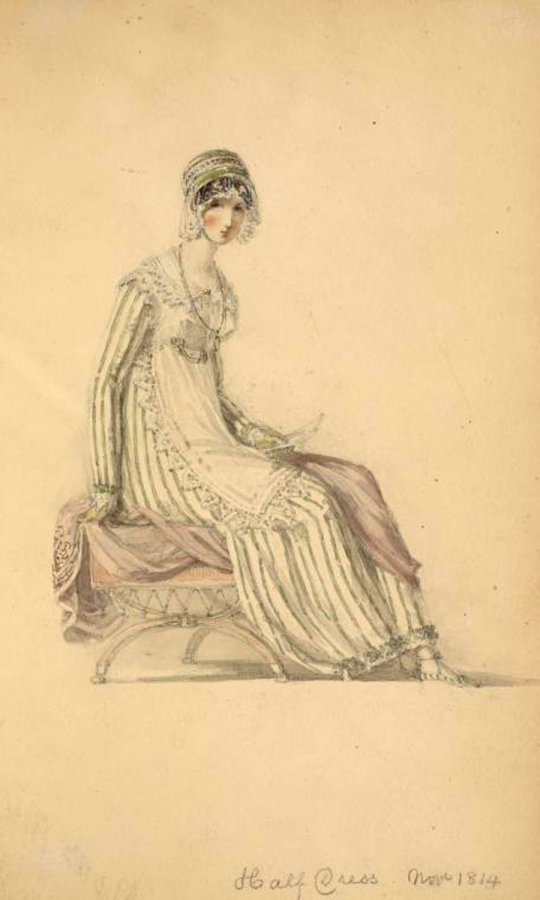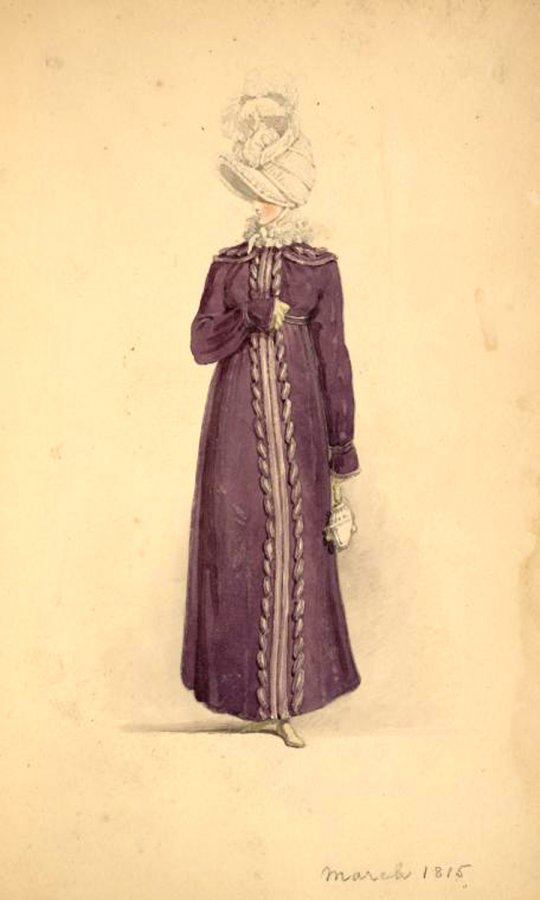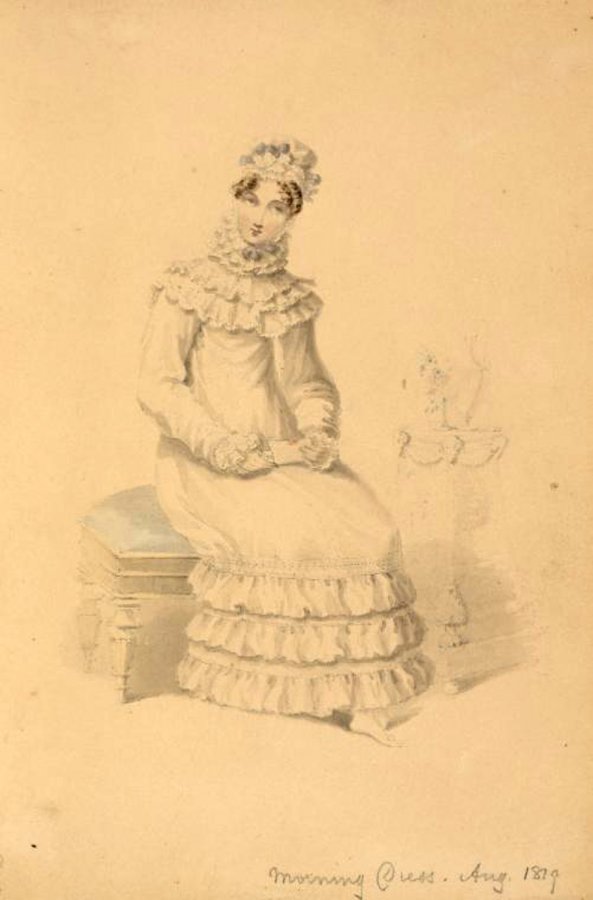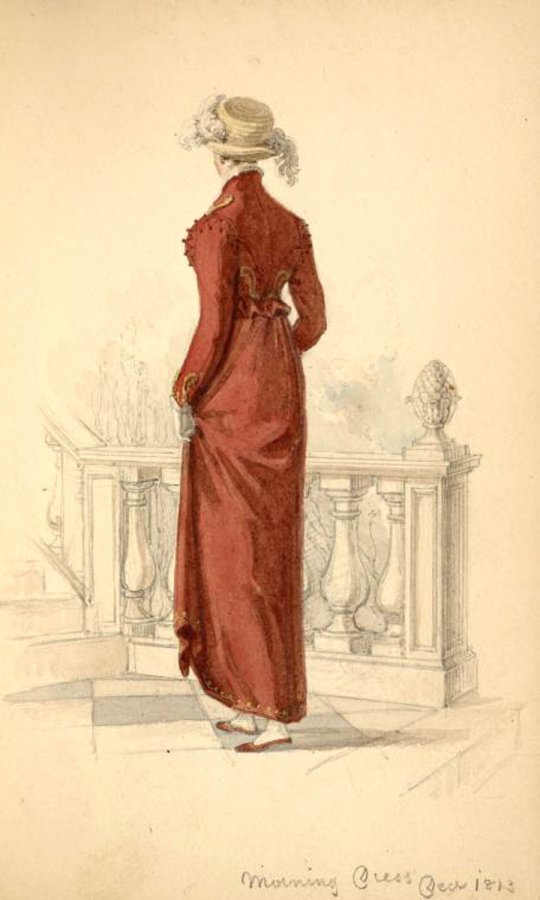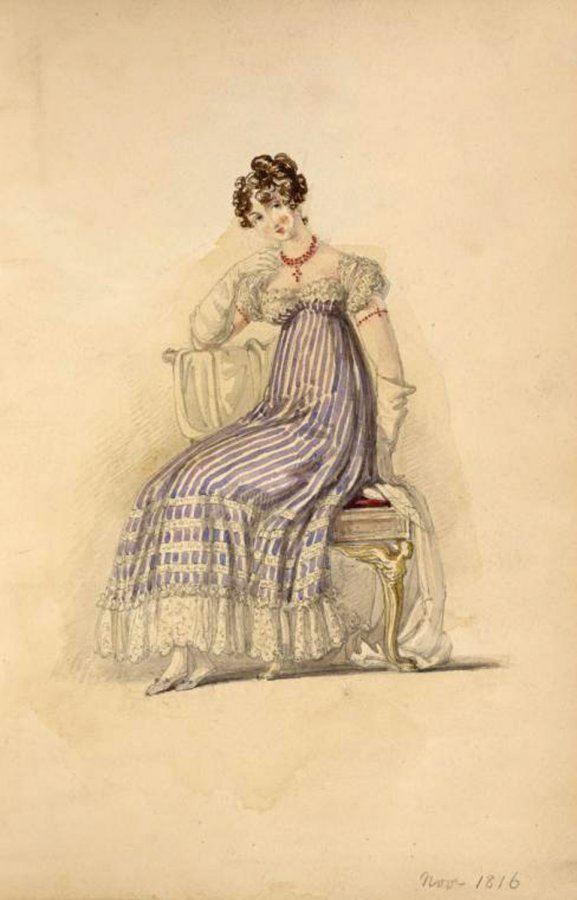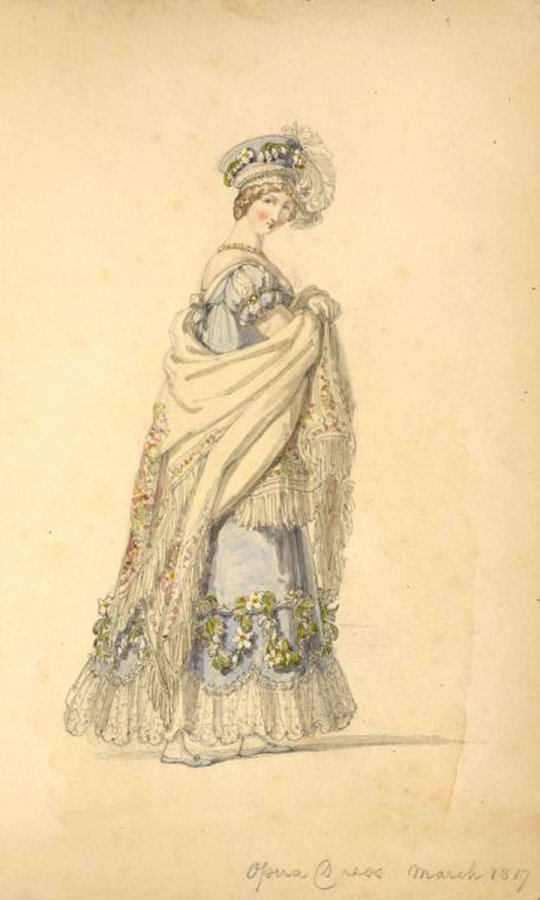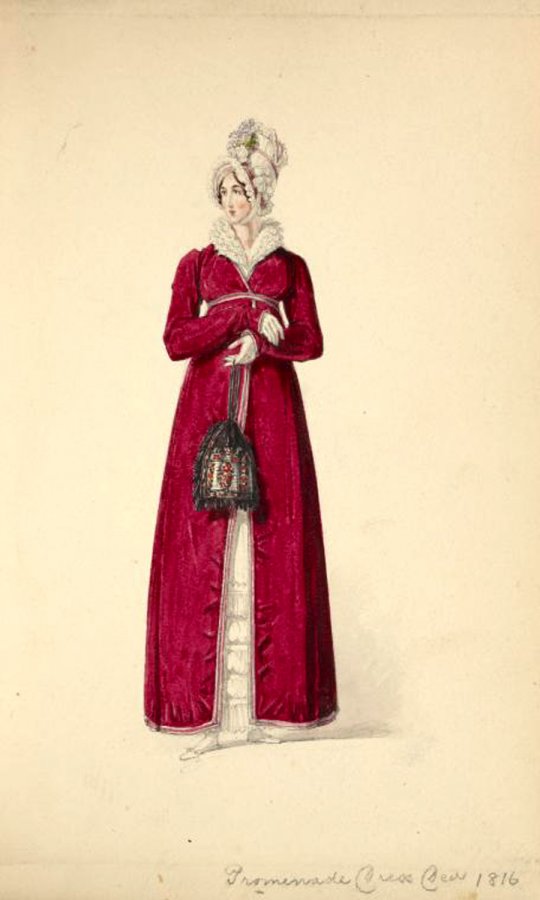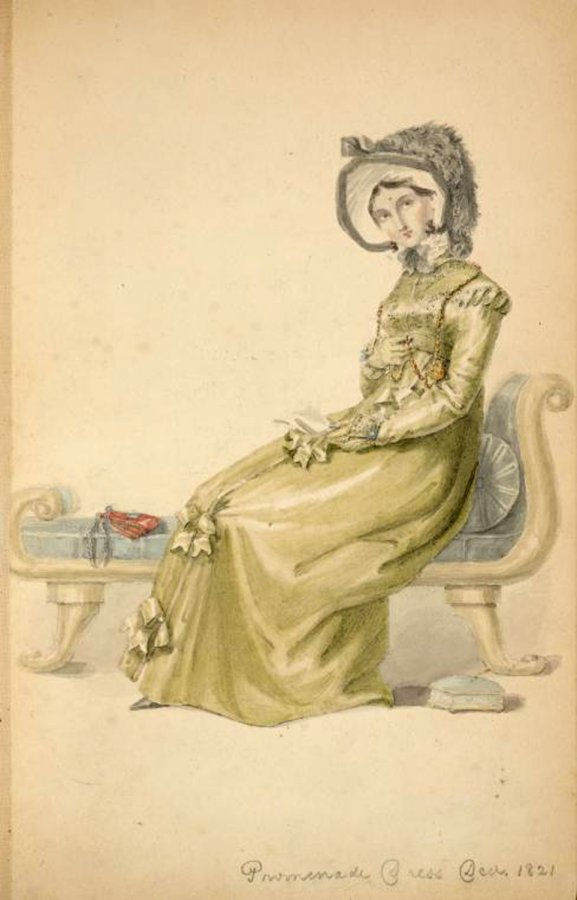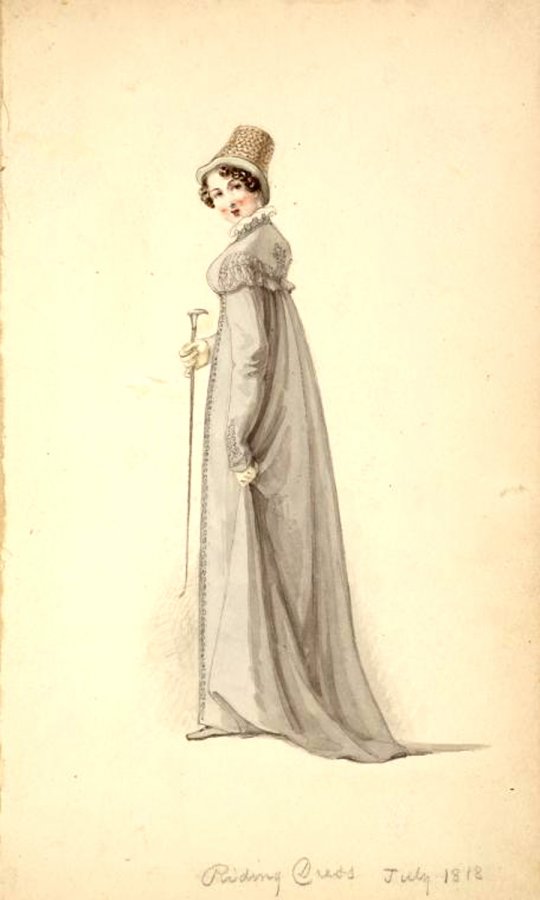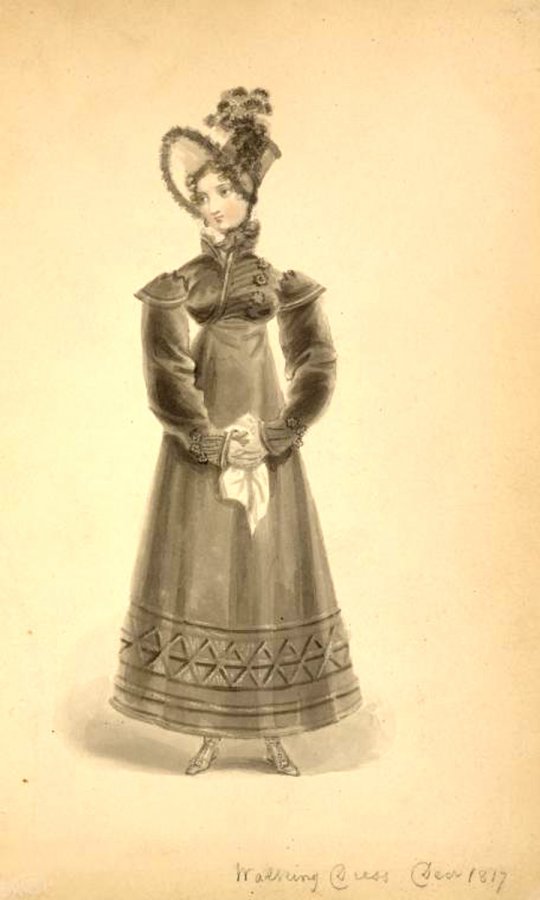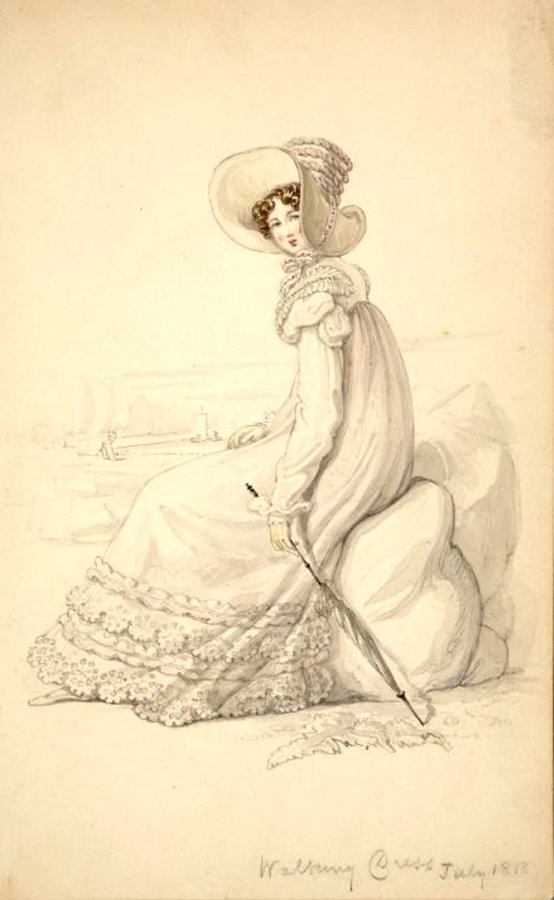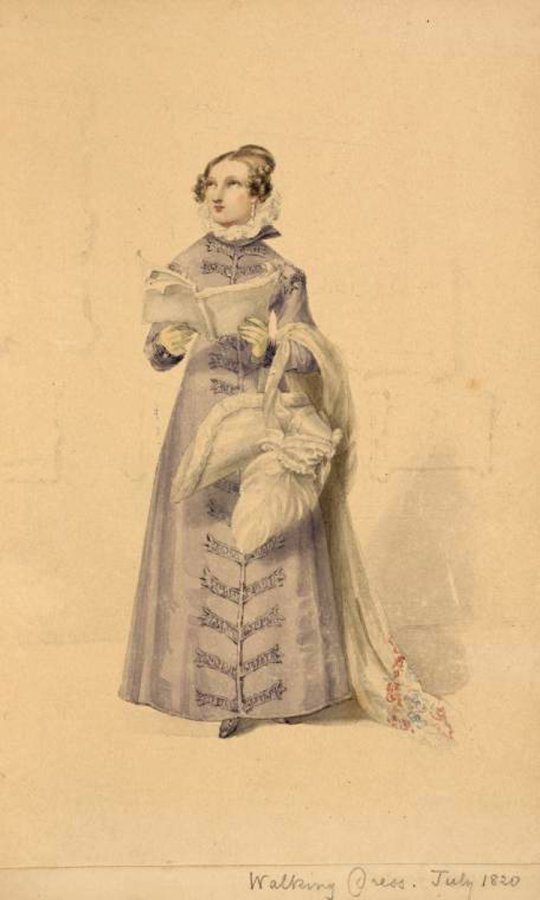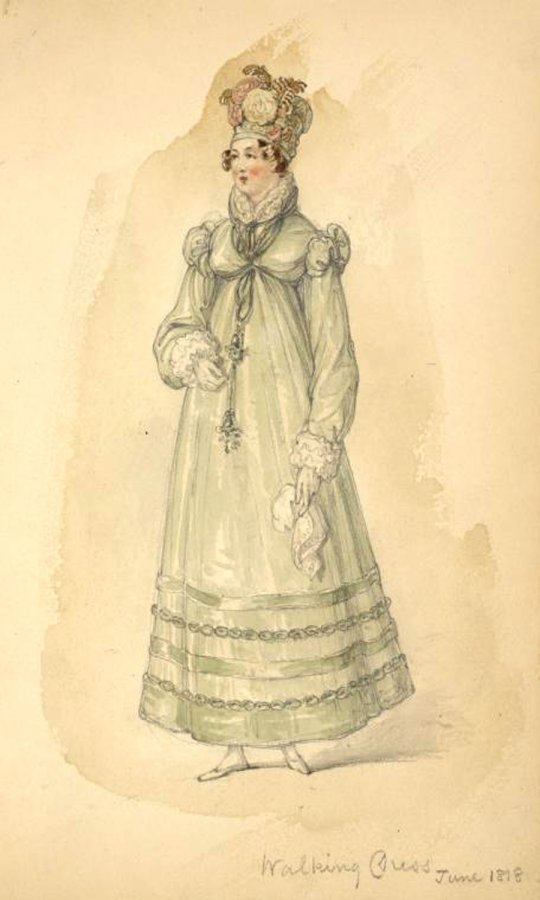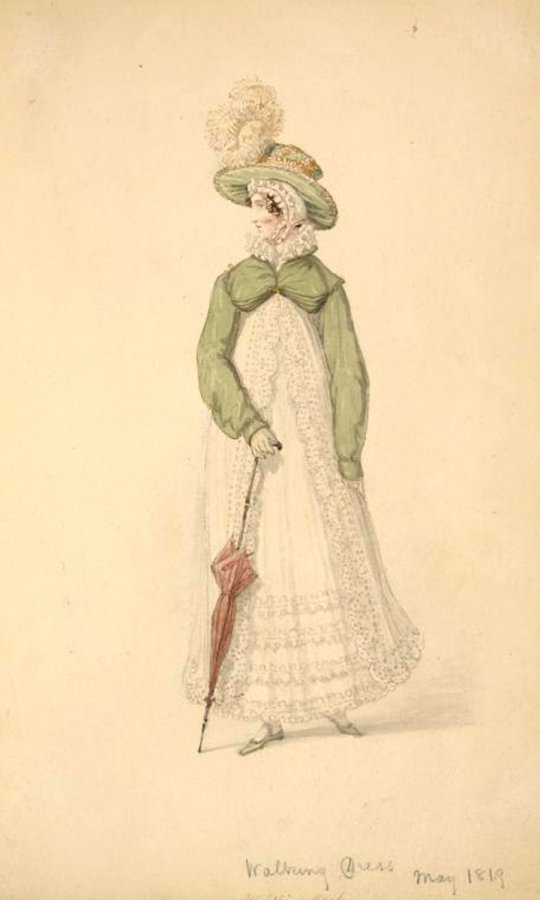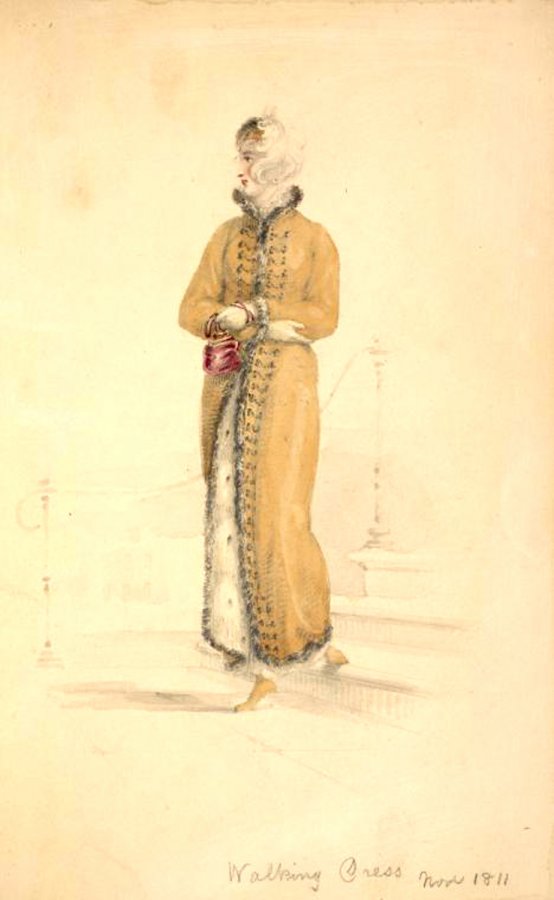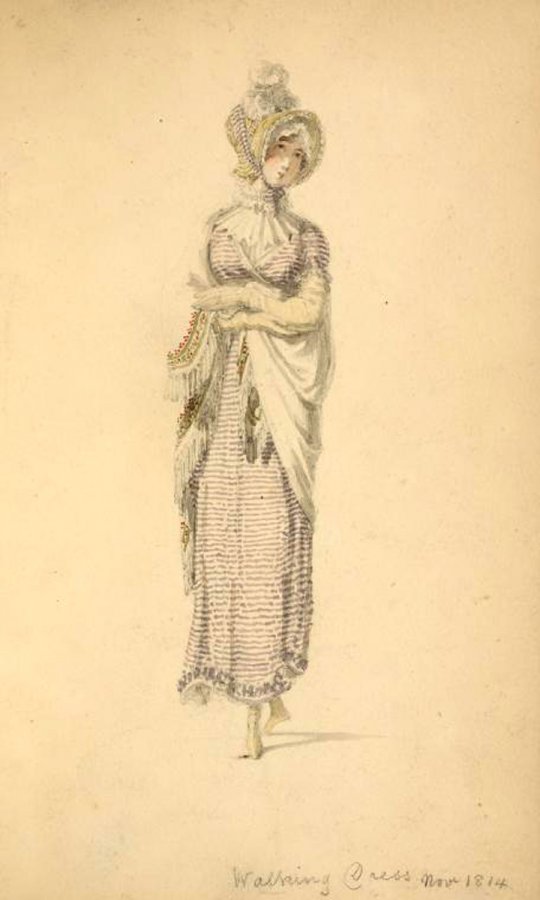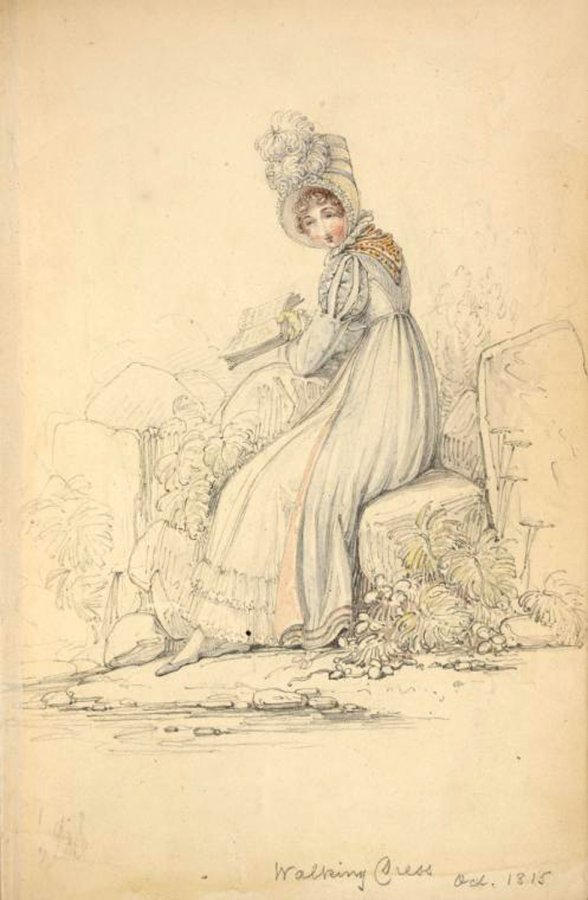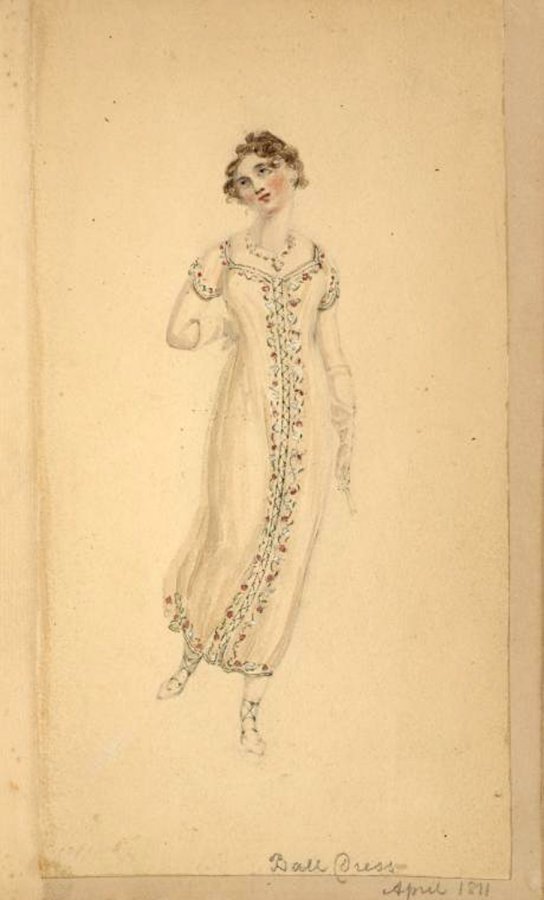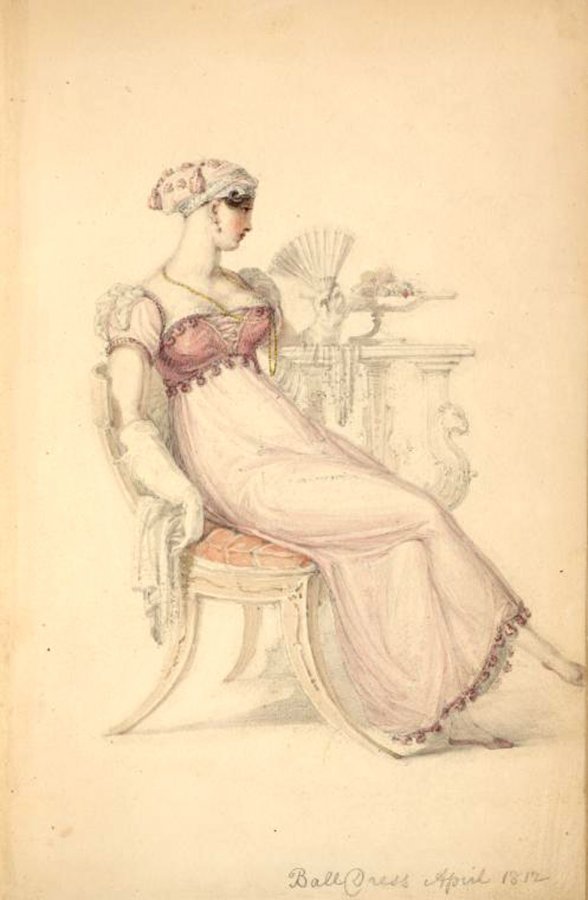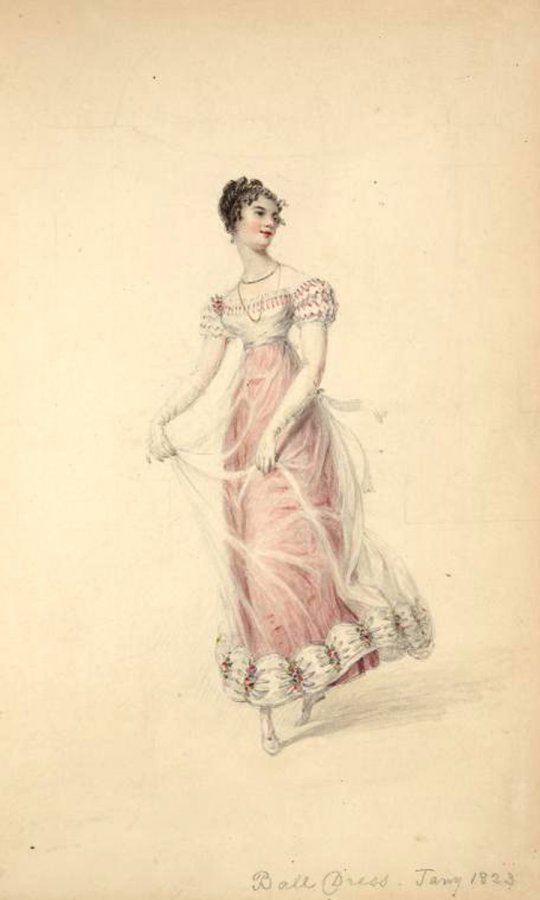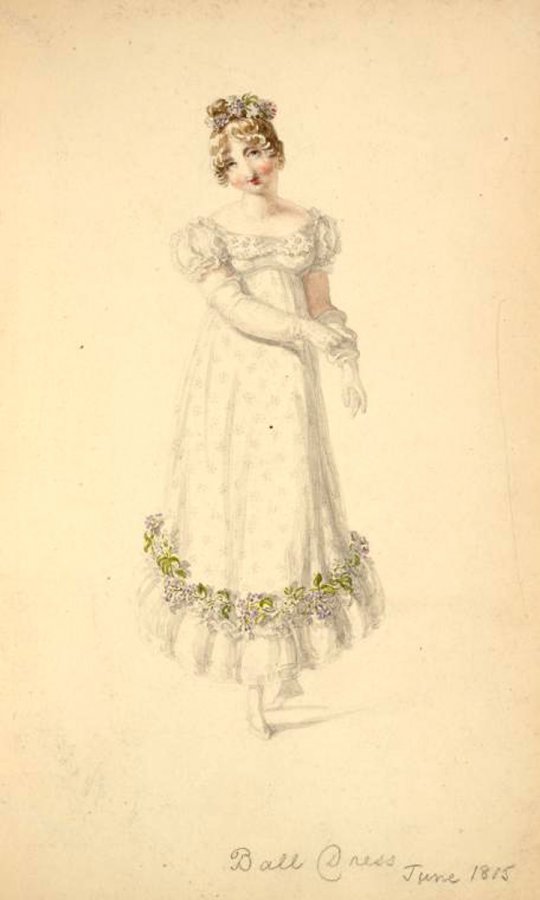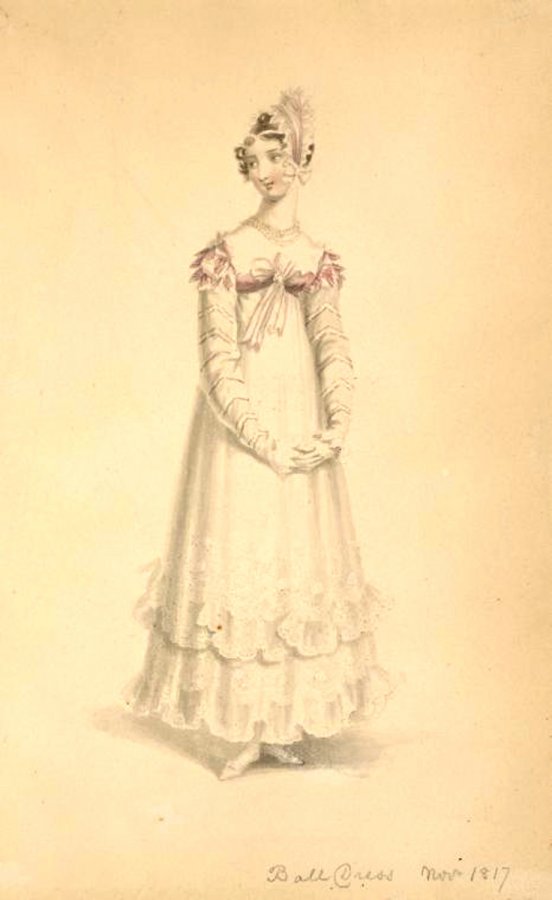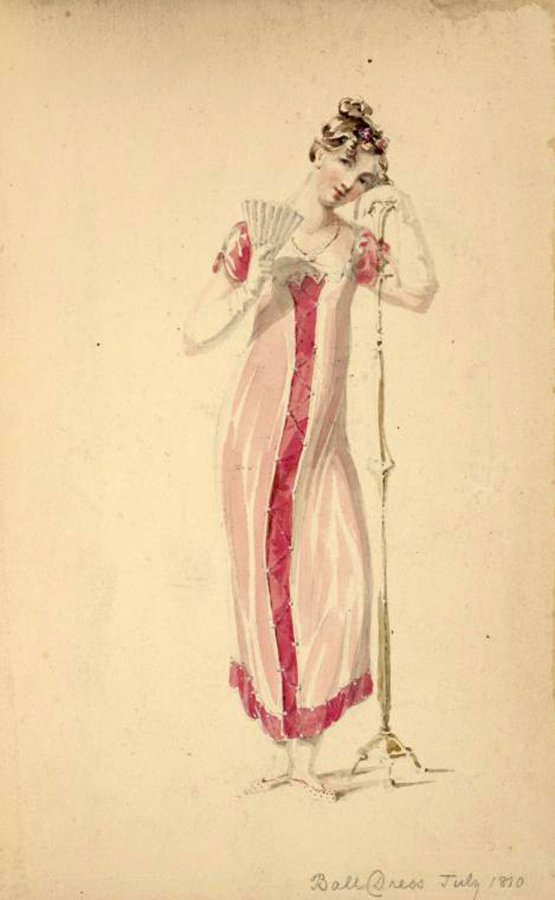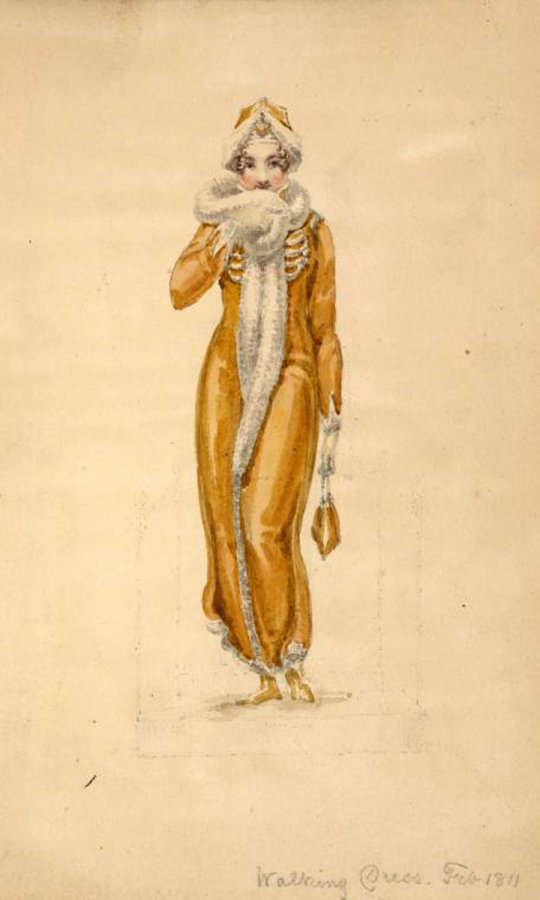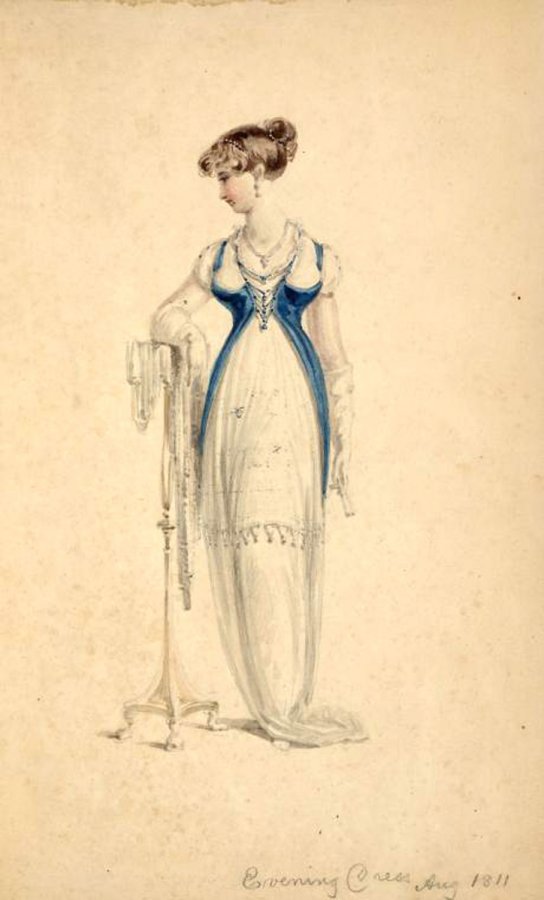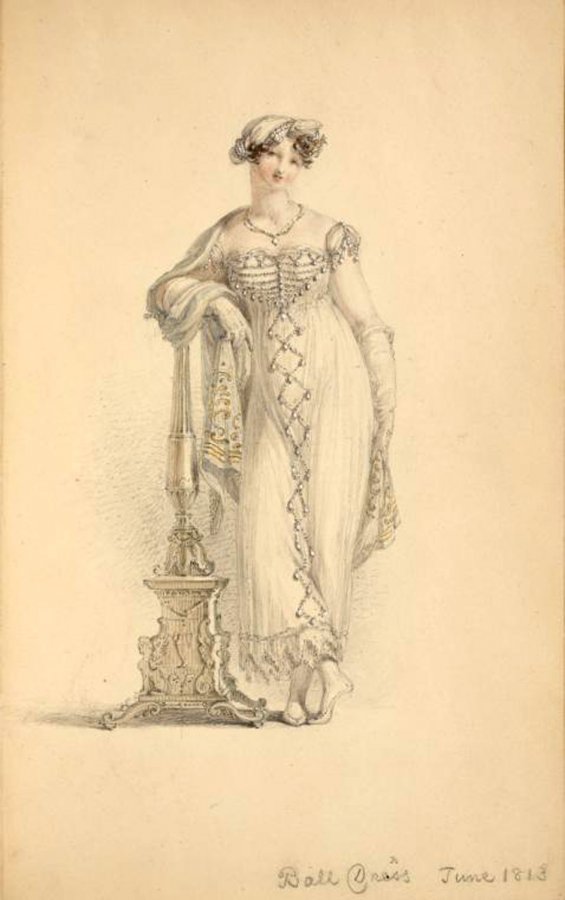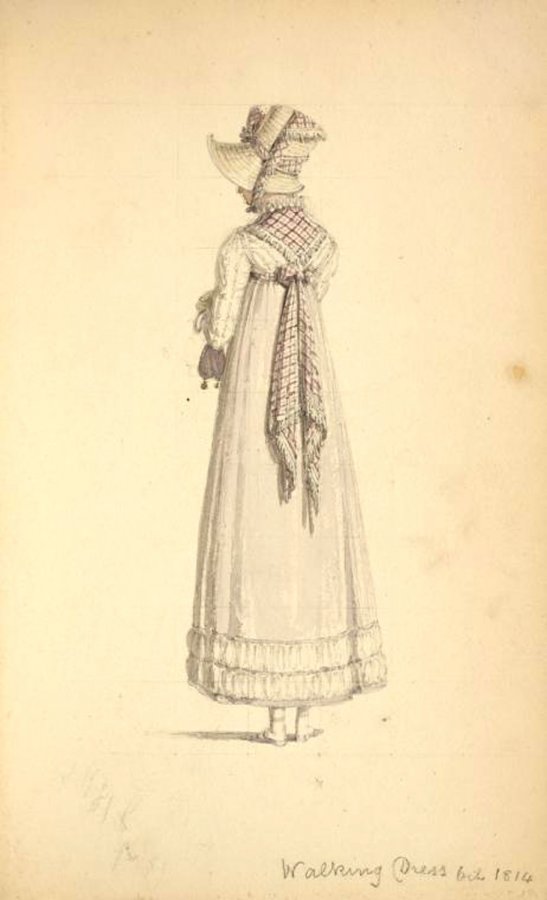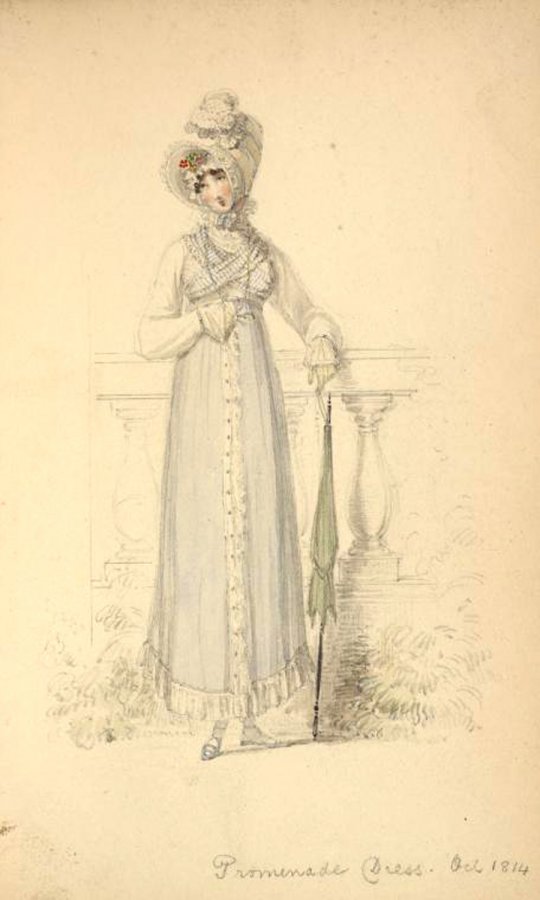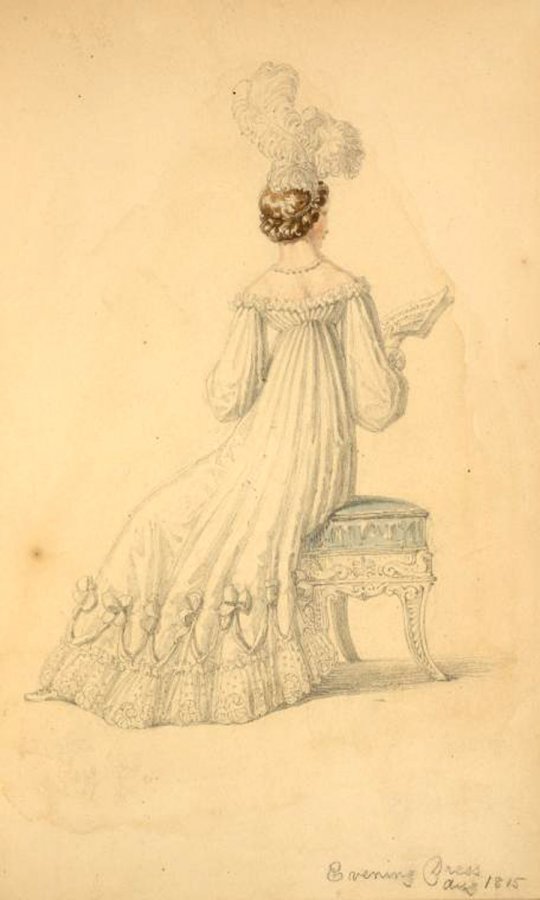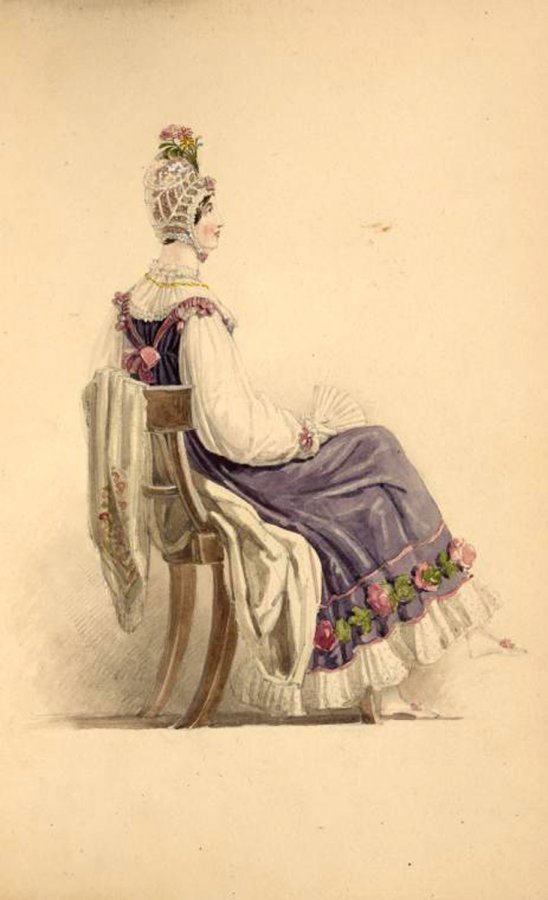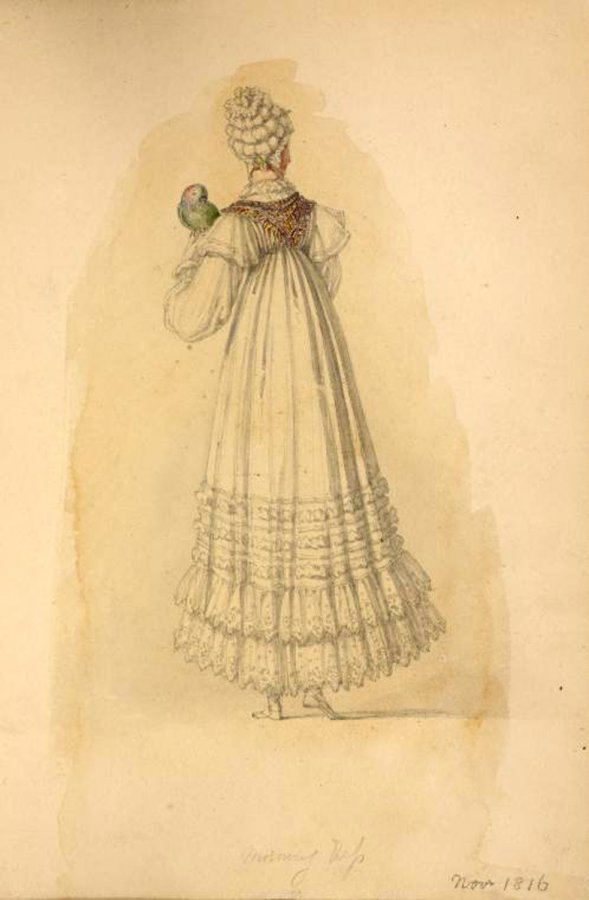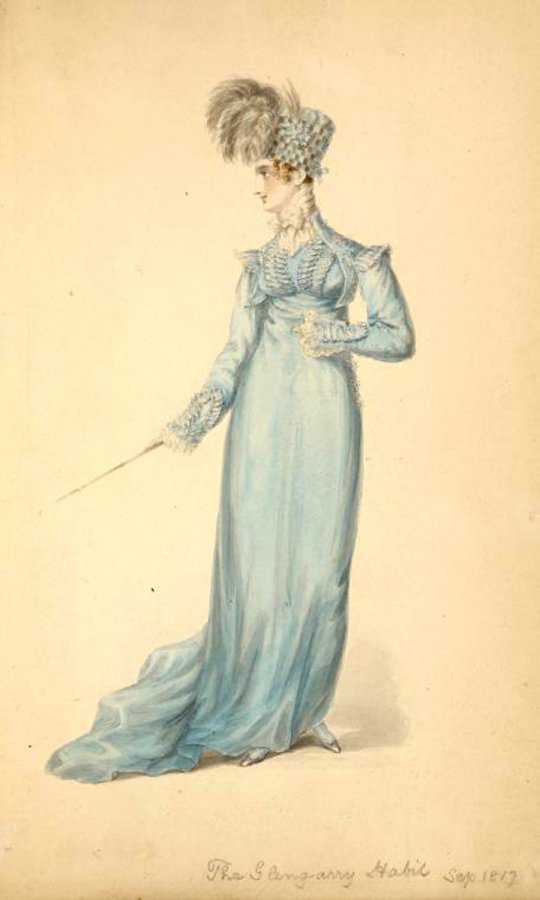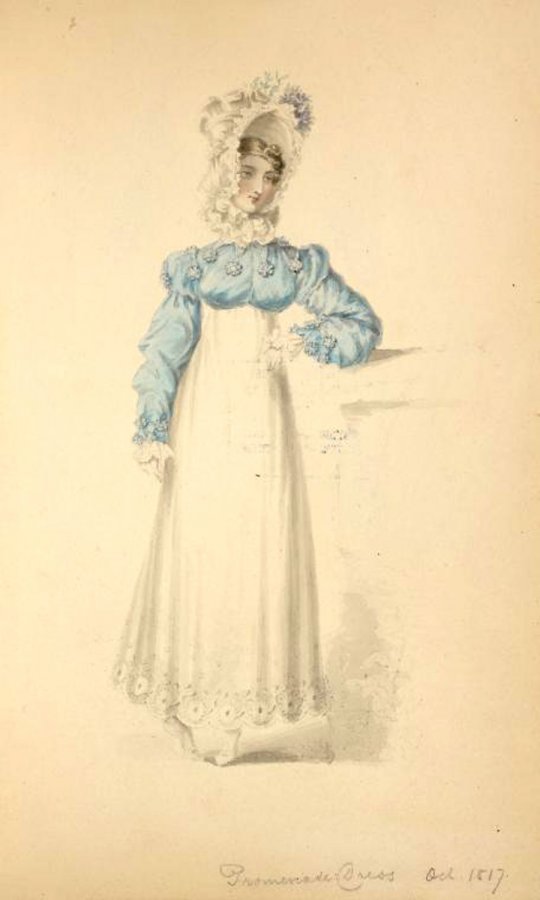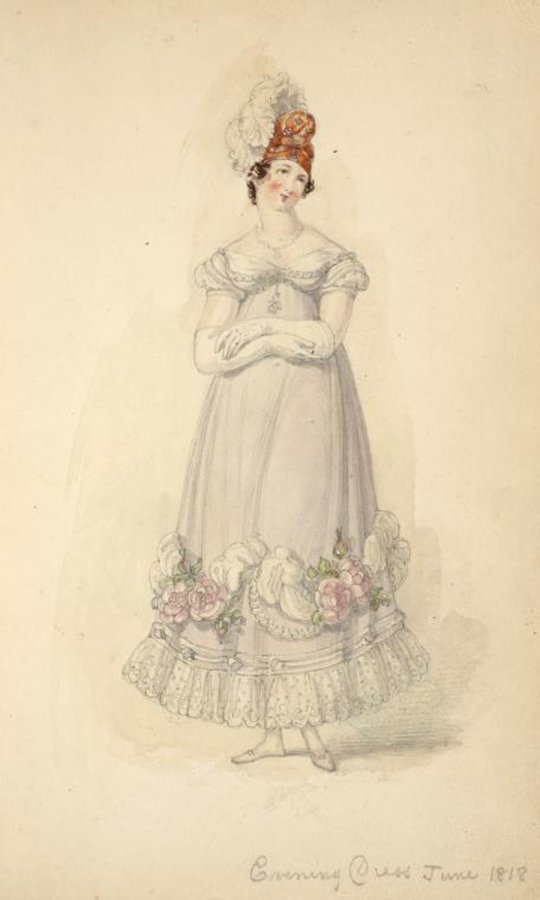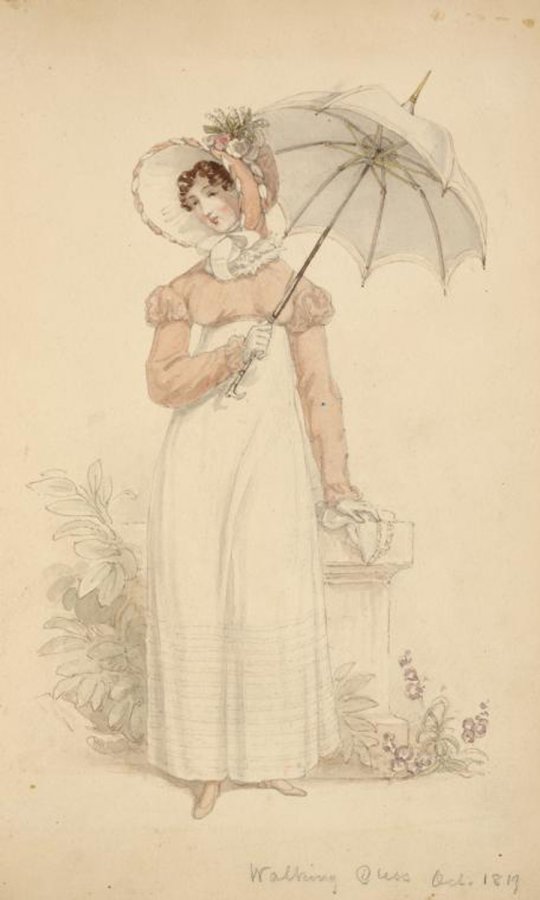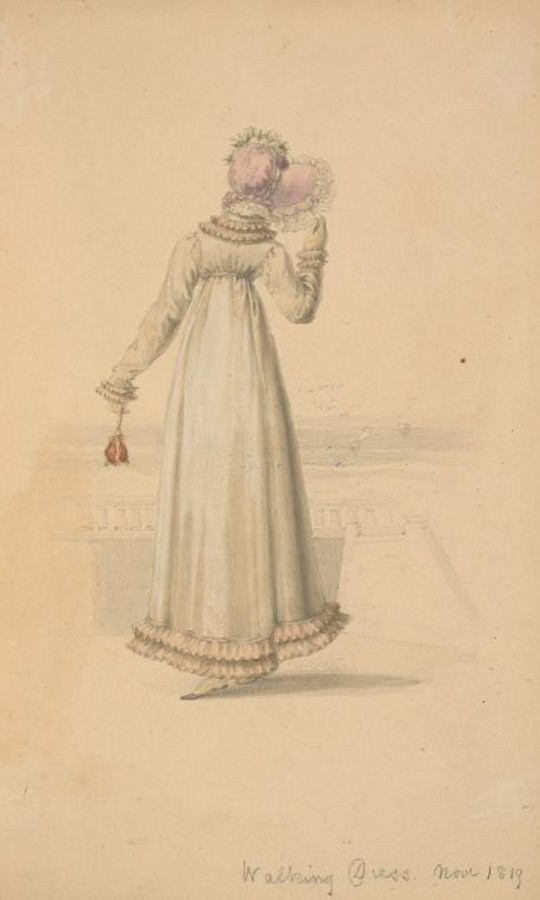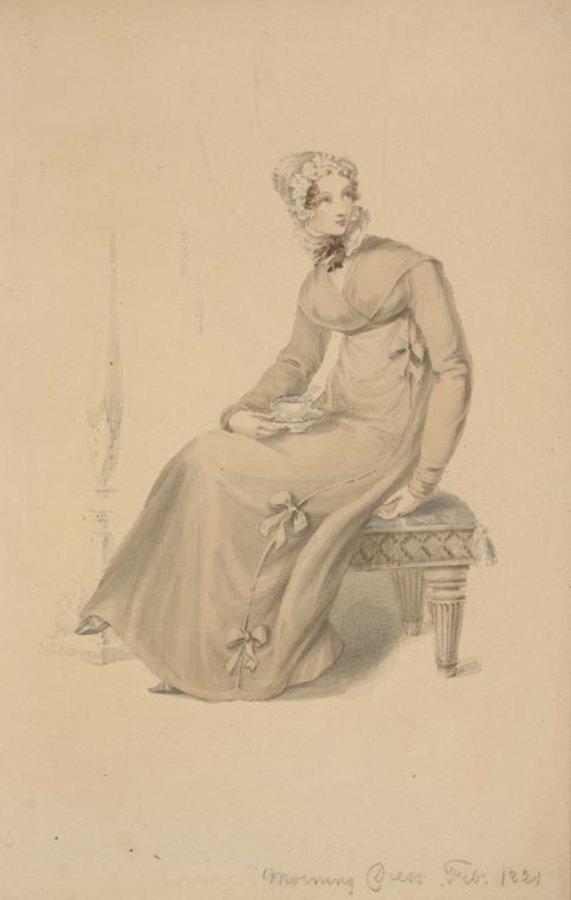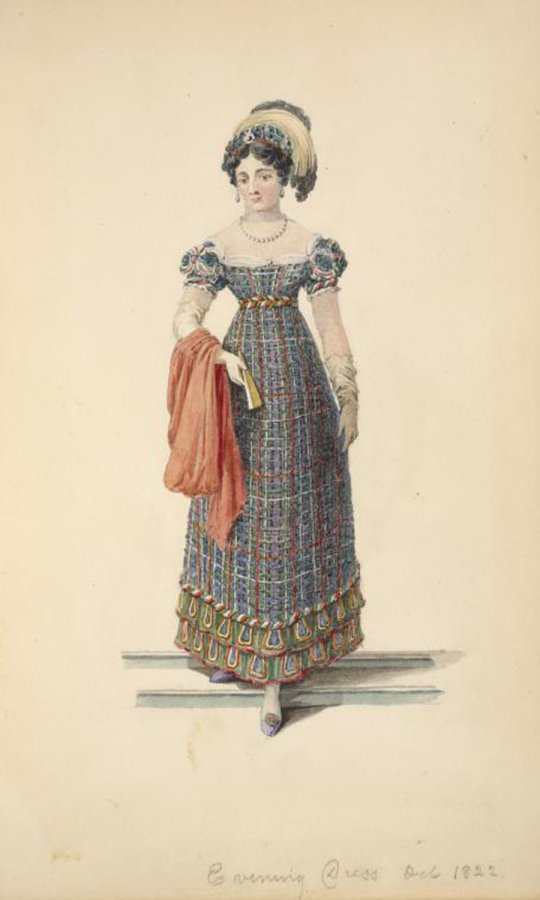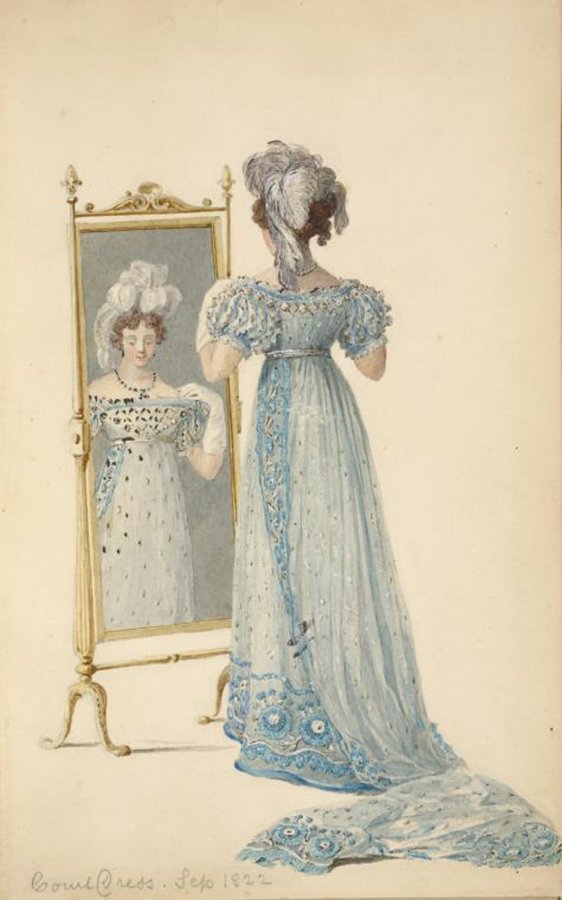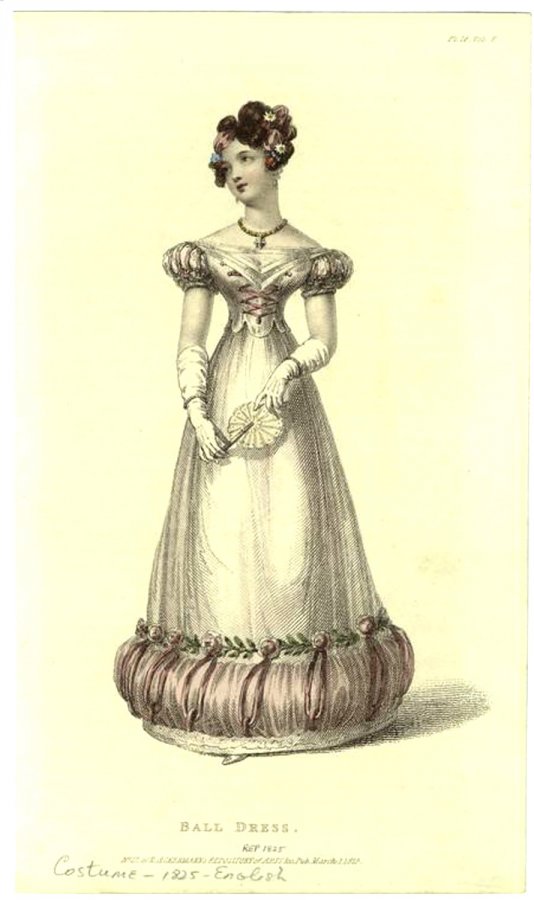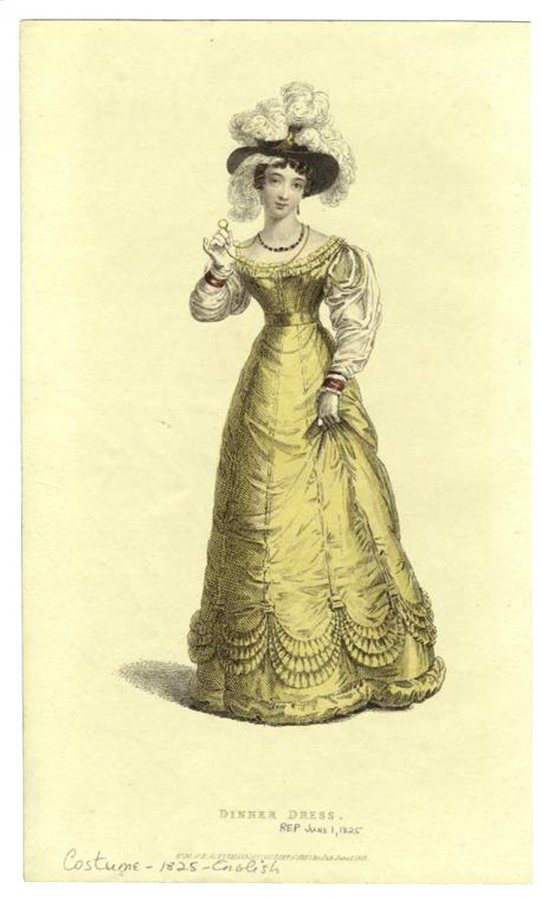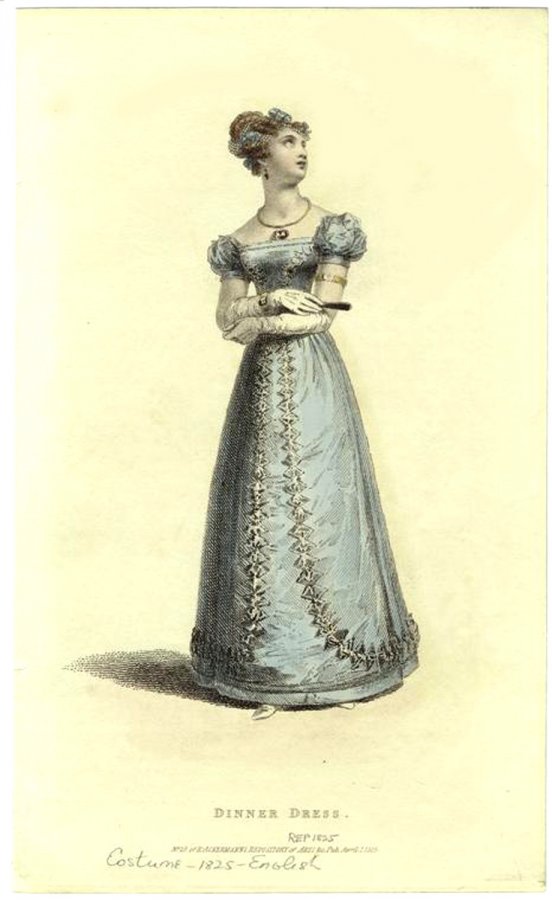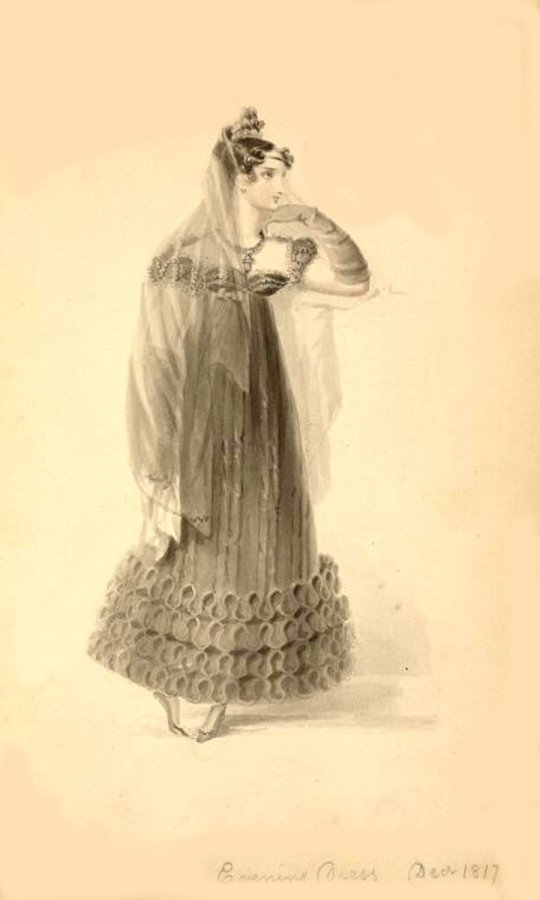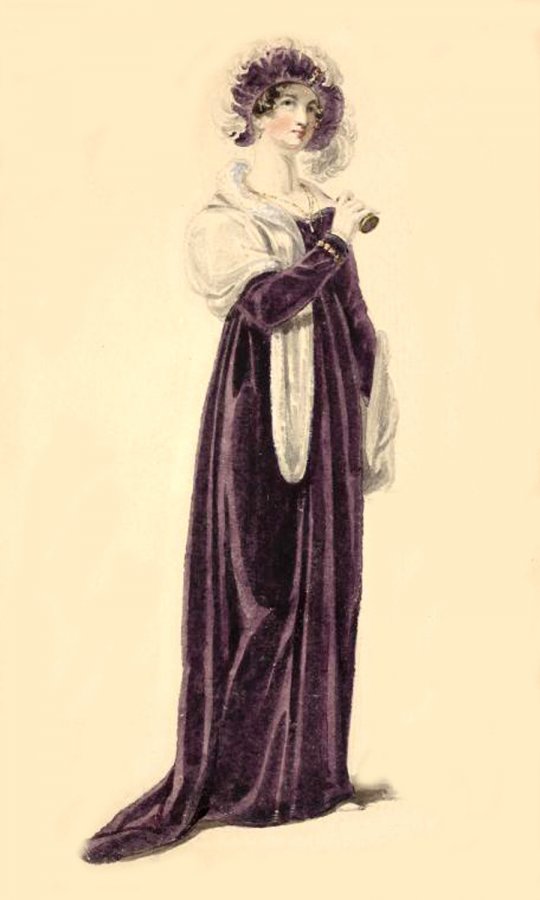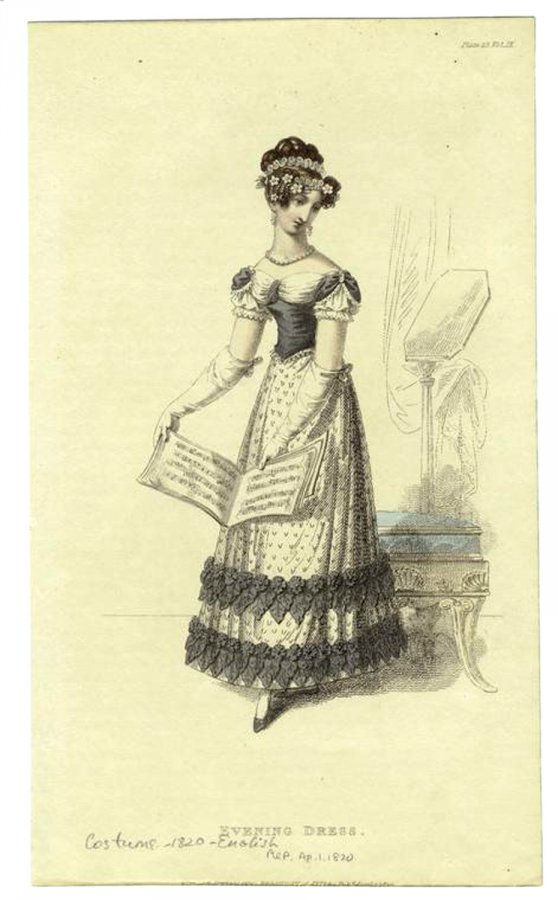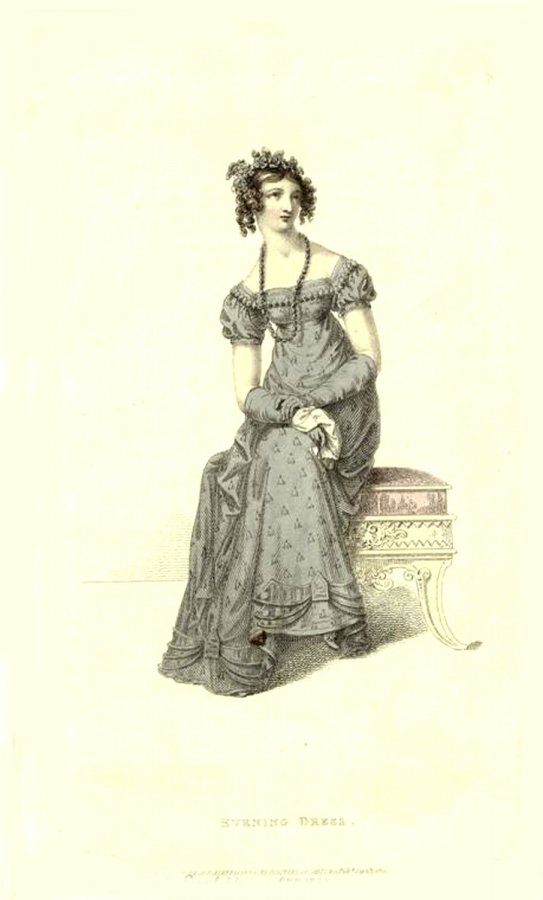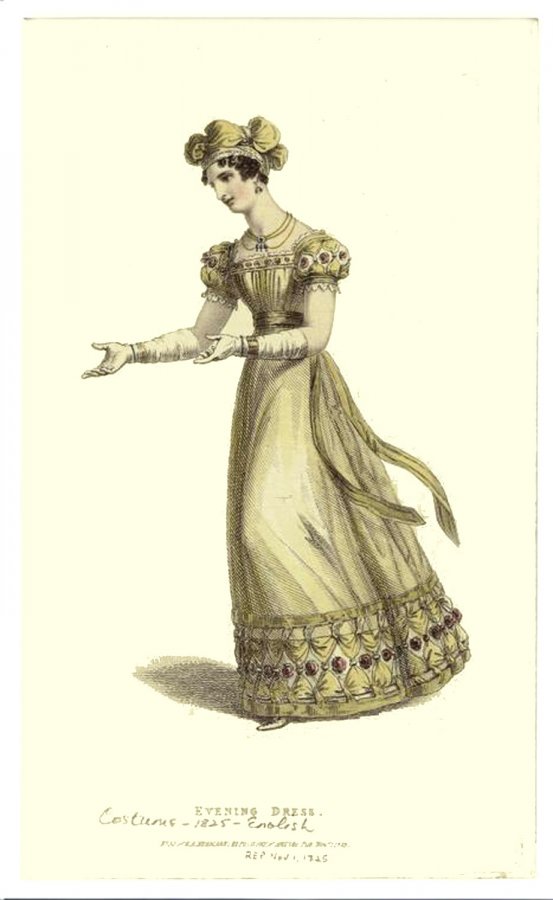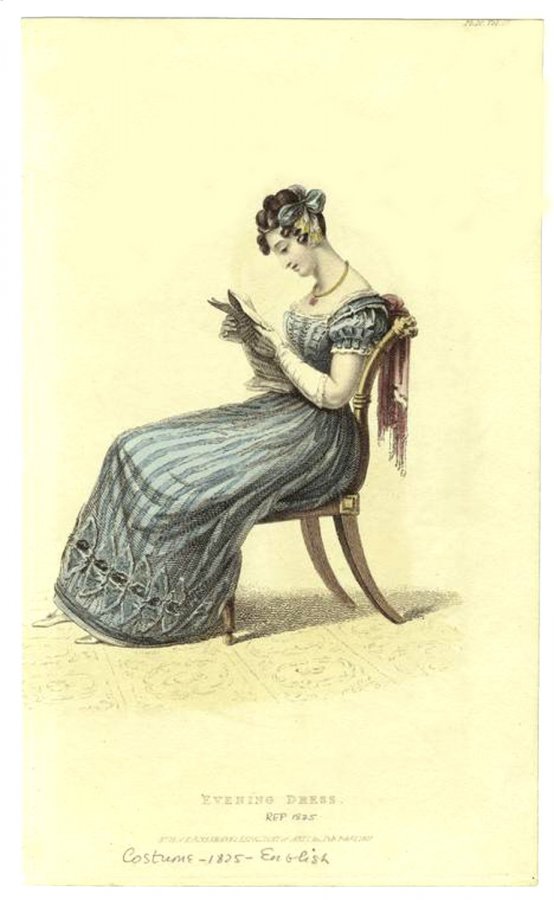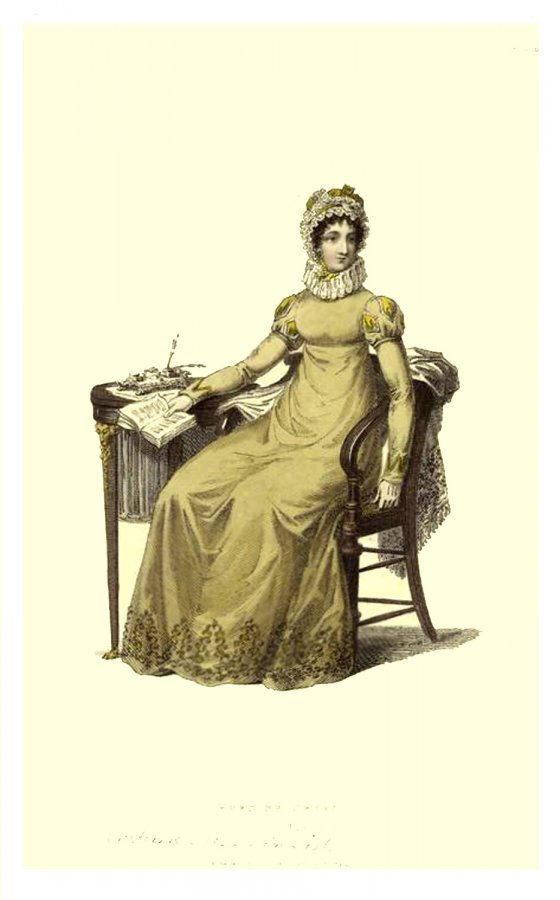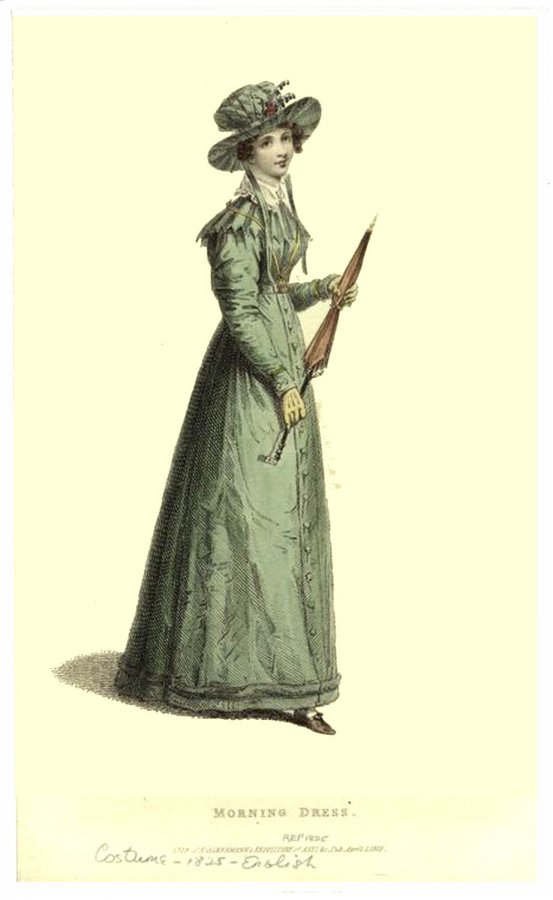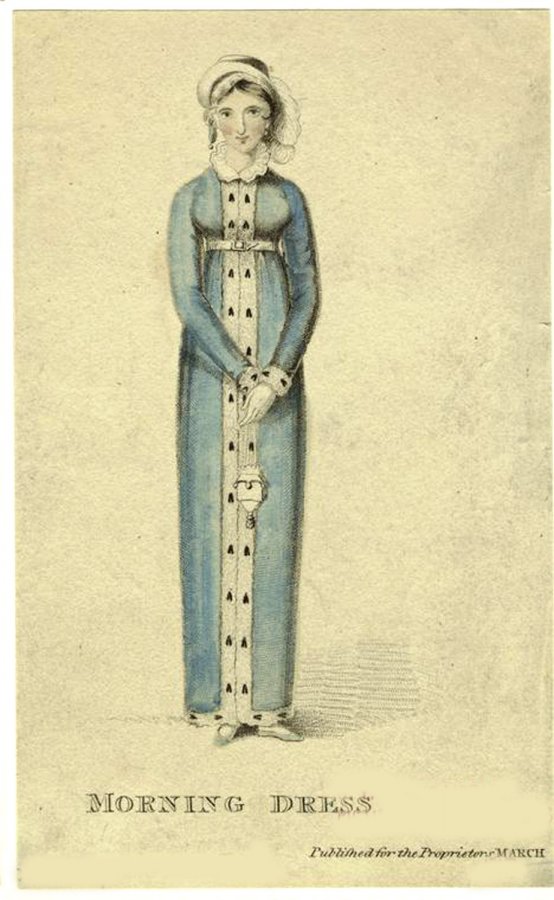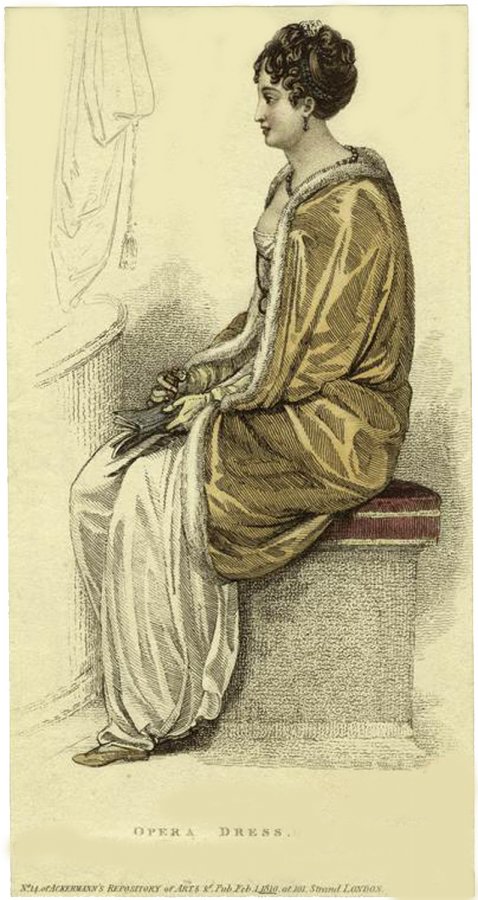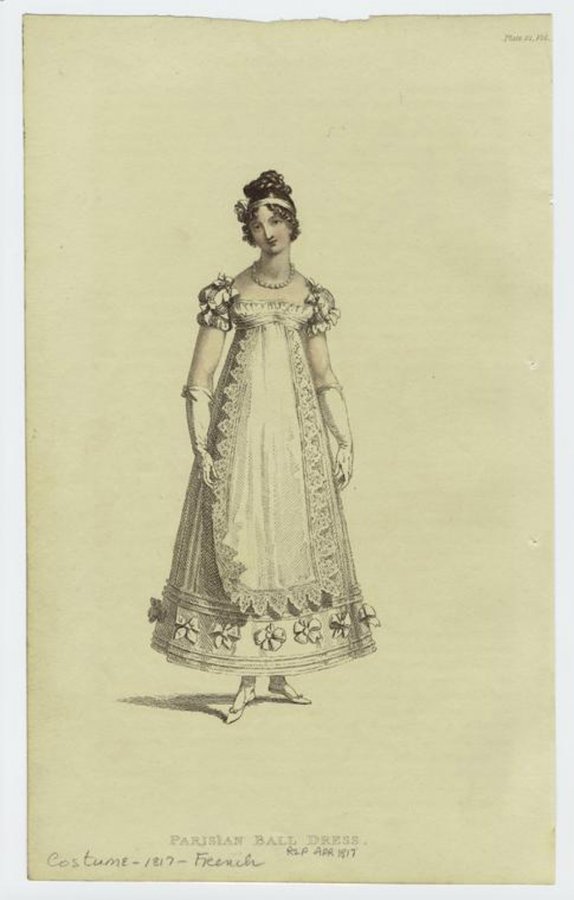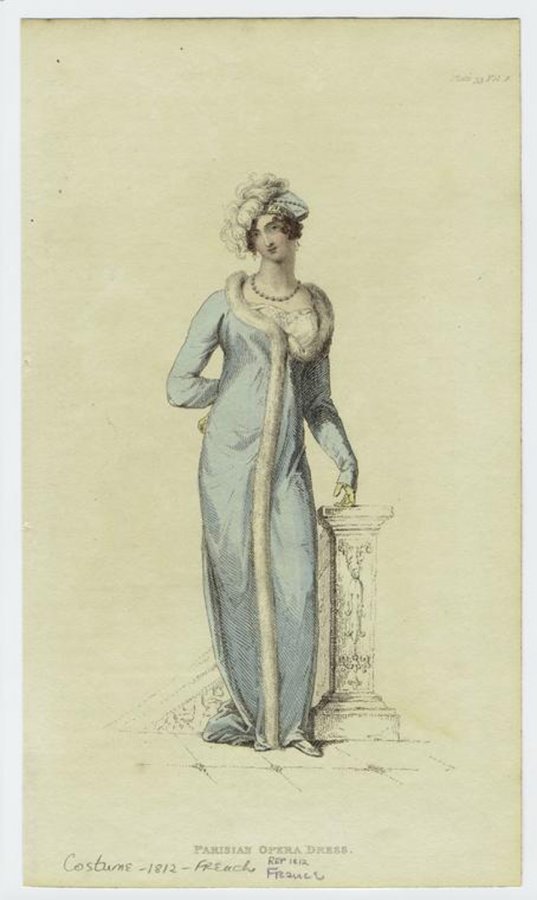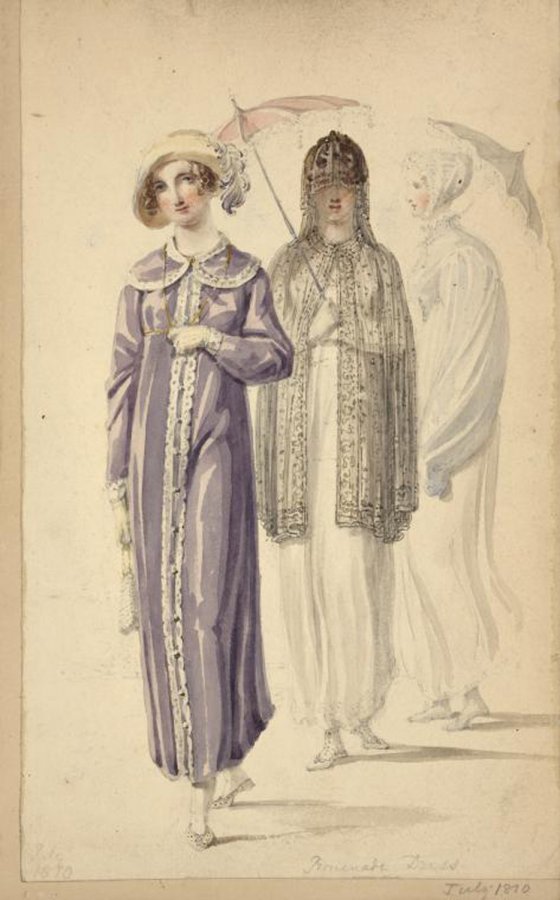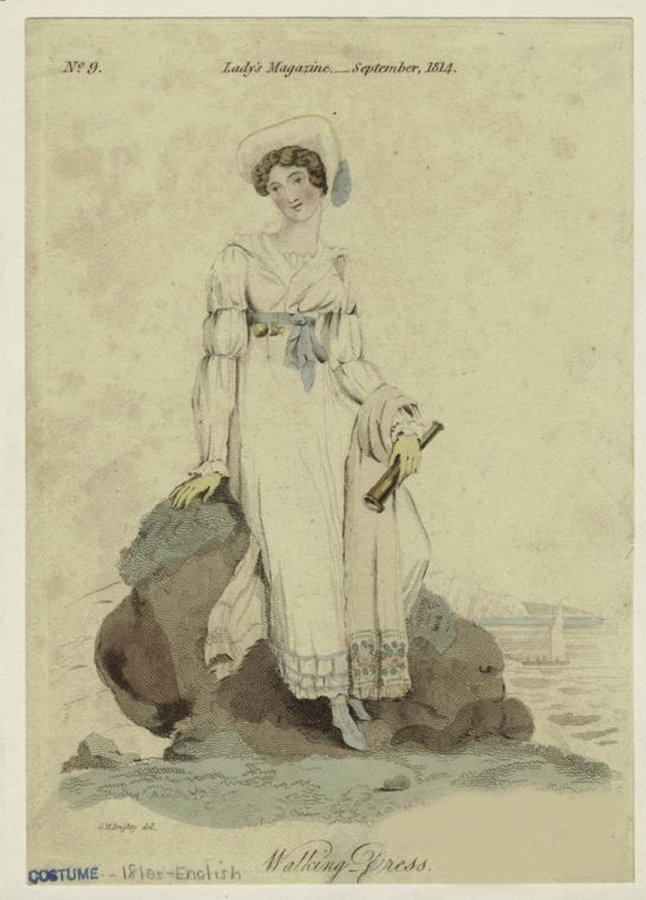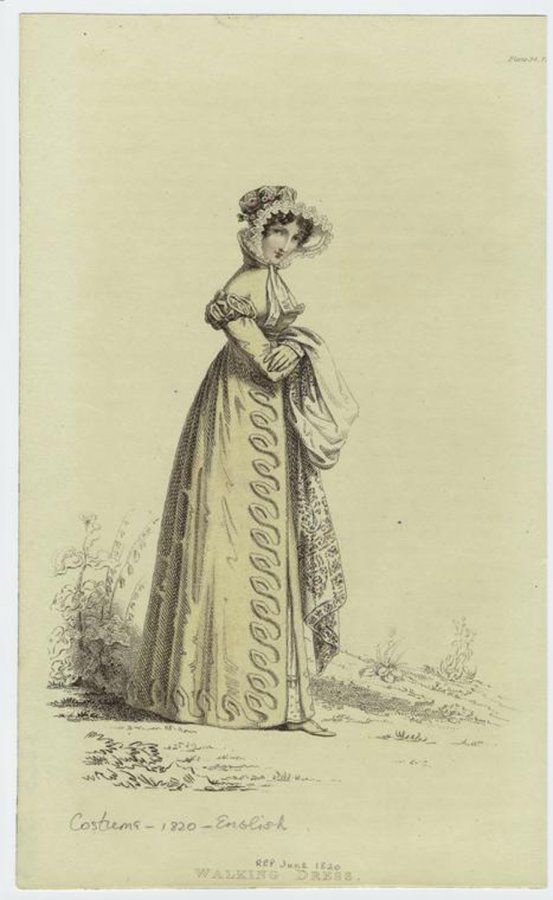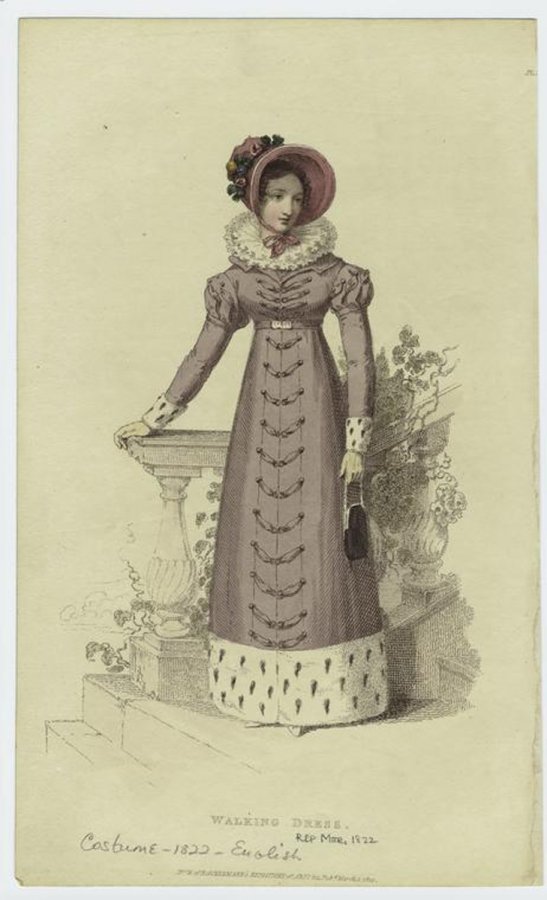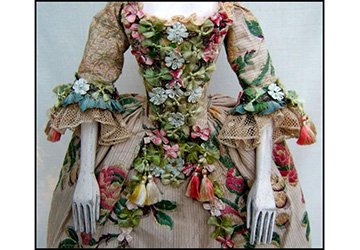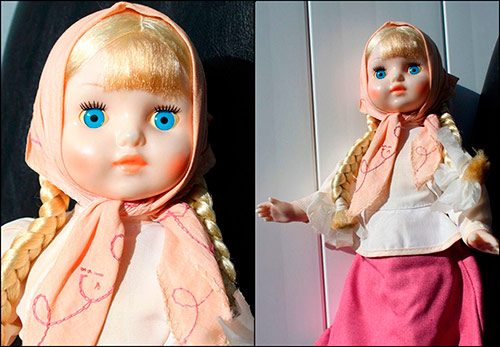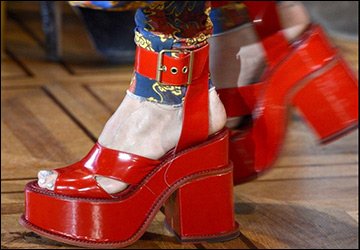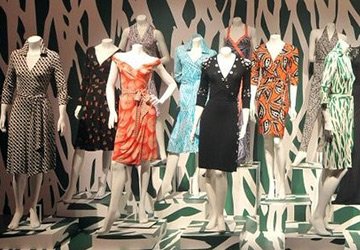Beautiful dresses
Antique dresses in illustrations
Technologies have made our life much easier, for example, photography, with its help we can save our own images on a computer, in a smartphone or in a cloud storage, where we can have access from any device anywhere in the world. With this ease of storage and transfer of data, we instantly know about the collections of fashionable dresses showcased at Paris Fashion Week, and the next morning we know which dresses were shown in New York!
Only this was not always the case. Our ancestors, who lived in the first half of the 19th century, had to preserve and transmit fashionable images in other ways. Fashion illustration was practically the only way to learn about the latest fashion. And there were also dolls - Pandorawho were dressed in miniature copies of fashionable outfits and they traveled from one hand to another, overcoming distances.
Thanks to dolls and illustrations, today we can see what dresses our predecessors wore, what images were in fashion in those years.
Shown here are illustrations of antique dresses from the first half of the 19th century. Some of the dresses are just under 200 years old, and in some of the illustrations we can see dresses over two hundred years old!
Such fashion illustrations are especially valuable for those who study the history of the costume, because in illustrations, in contrast to painting, all attention is focused on the dress and accessories - the personality of the model fades into the background. And the painters often, on the contrary, put the personality of the person they were drawing to the fore, while they could conjecture the outfits according to their own understanding. This is especially evident in the works of artists who painted characters and celebrities from previous years. Artists often dressed their heroes in more modern clothes, thanks to which we can see Mary Magdalene in Renaissance dresses ...
Looking through illustrations from the distant past, we can clearly see the original styles of dresses of those years, decorative elements, hats and other accessories.
Comments and Reviews
Add a comment
Rating news
Shades of clothing that make women look younger
What shades of hair make women younger: rules and photos
Funny wedding dresses - photos and ideas
12 most expensive down jackets for the winter
How to look 25 at 40: tips from supermodels
Beautiful schoolgirls
Anti-aging haircuts and hairstyles for women
Fashionable skirts for autumn and winter
Fashionable women's trousers for the cold season
Fashionable and stylish sandals for summer 2024
Spring-summer 2024
 Fashionable dresses and tops with thin spaghetti straps
Fashionable dresses and tops with thin spaghetti straps
 Bandana tops: how to wear stylishly and beautifully
Bandana tops: how to wear stylishly and beautifully
 How to put together the perfect men's wardrobe for the summer
How to put together the perfect men's wardrobe for the summer
 Fashionable shorts for spring-summer 2024
Fashionable shorts for spring-summer 2024
 Fashionable skirts for spring-summer 2024: a guide to online shopping
Fashionable skirts for spring-summer 2024: a guide to online shopping
 The most fashionable dresses spring-summer 2024: styles and colors
The most fashionable dresses spring-summer 2024: styles and colors
 Fashionable total look 2024: image ideas and trends
Fashionable total look 2024: image ideas and trends
